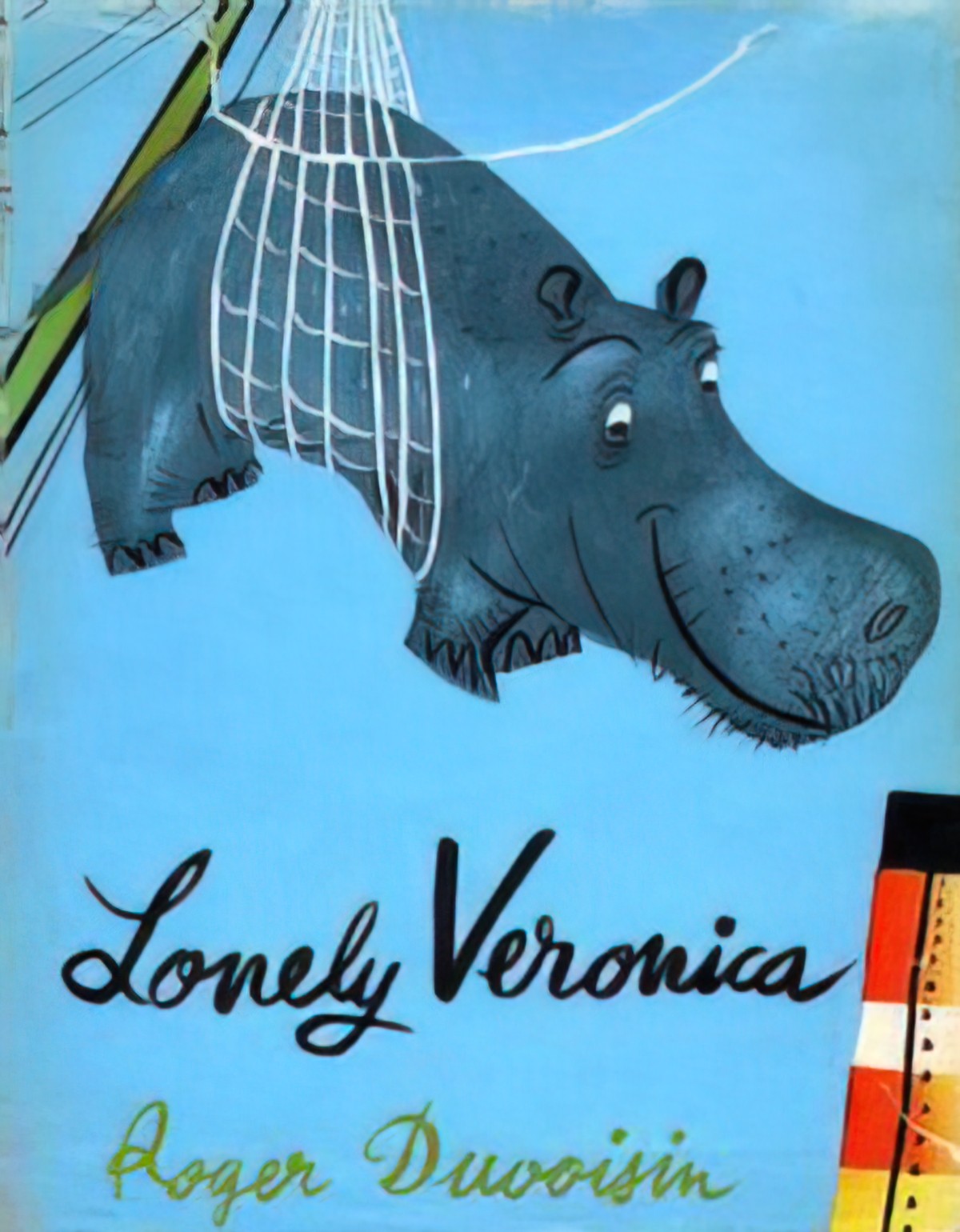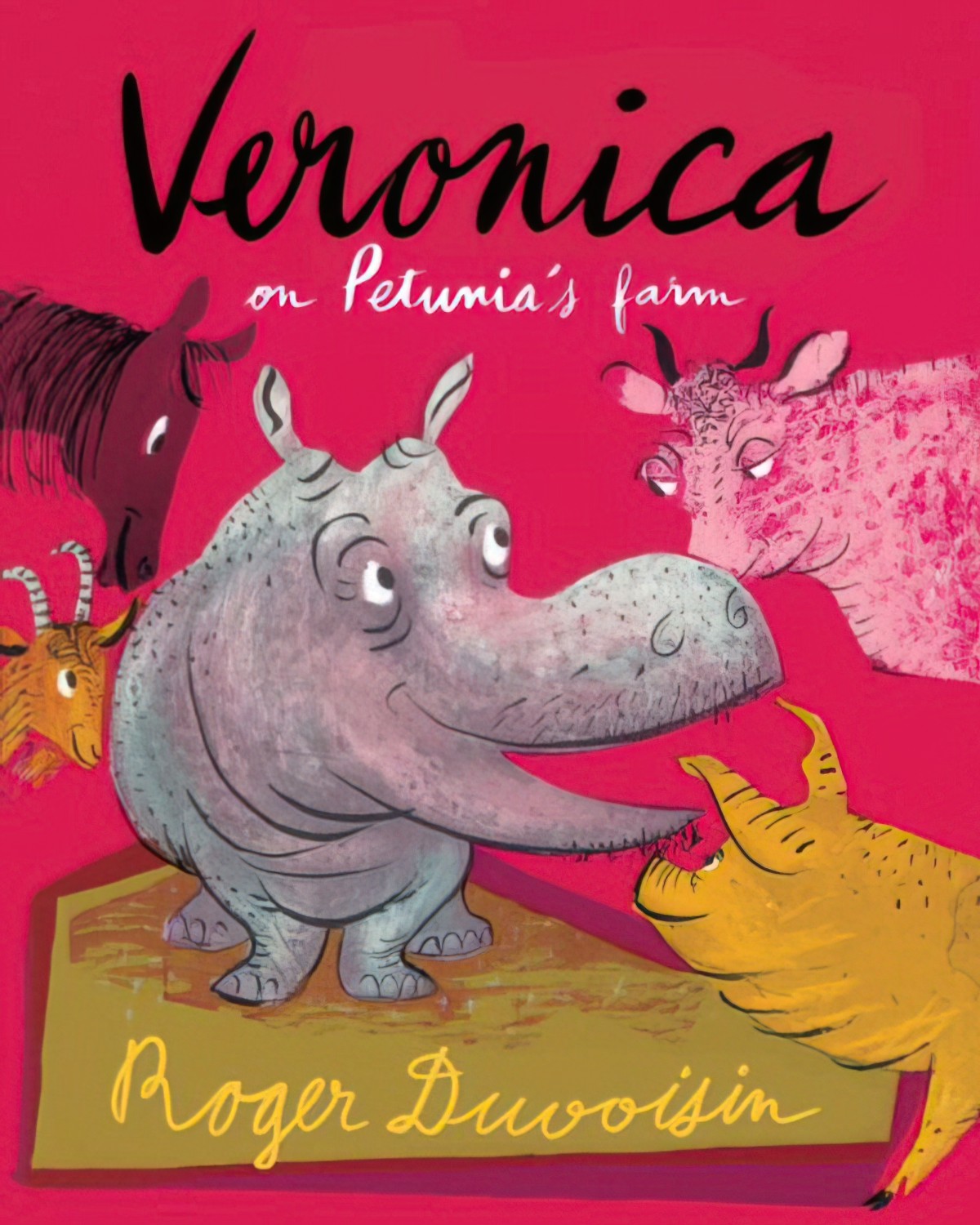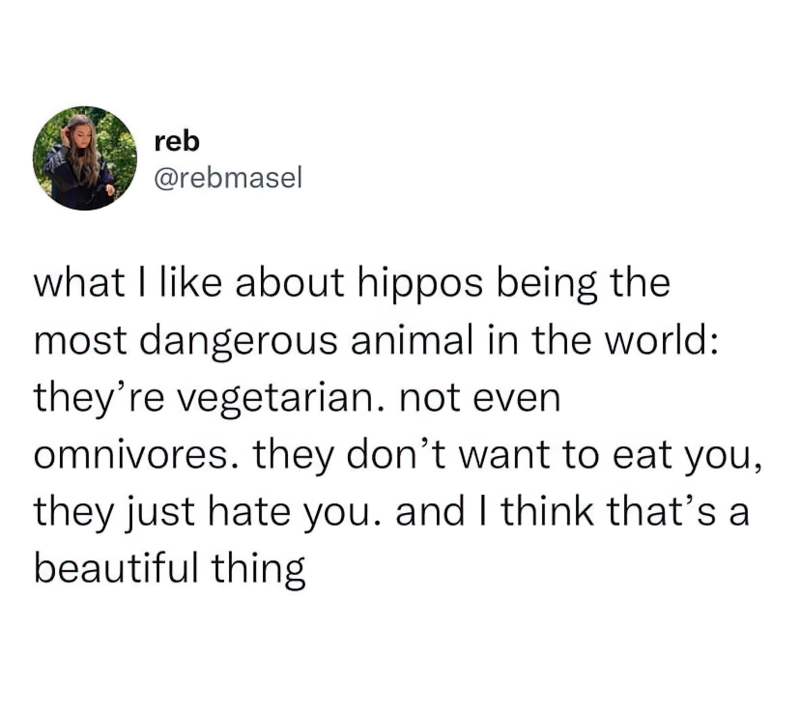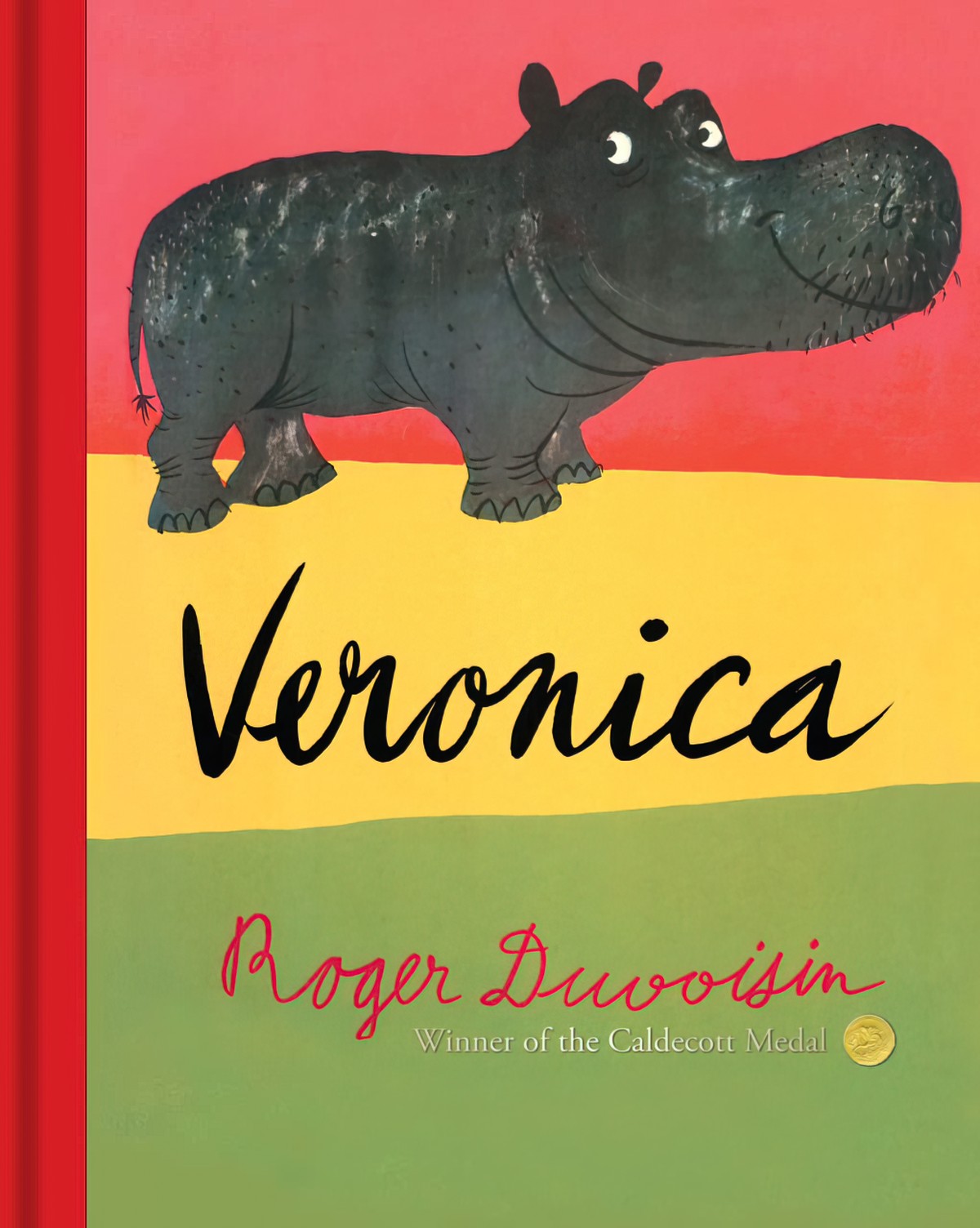Veronica is a 1961 picture book by Swiss-American author and illustrator Roger Duvoisin. Some of the illustrations are full colour, others in black marker pen.
Veronica the hippopotamus lives with her large family on the cool muddy river bank, swimming in its clear waters. But she is not happy. She dreams of becoming a conspicuous hippopotamus, even perhaps, a famous one, noticed by everyone.
So she sets off, looking for adventure. In the city she discovers that there are many confusing rules about how you can move around, where you can sleep and what you can eat, and that police stations are not made with hippopotamuses in mind. Will she find her way back to her safe, muddy home? And will her dream of becoming a conspicuous hippopotamus ever be realized?
MARKETING COPY
When creating colour illustration, Roger Duvoisin is one of those artists with a highly identifiable palette. I thought I could tell you what ‘Duvoisin’ colours were. But when I looked more closely at his oeuvre, Duvoisin in fact utilised a wide range of colour and you can even find some muted palettes. It still looks like Duvoisin’s work, so the “Duvoisin-ness” must lie partly in the linework. He also tends to ‘colour outside the lines’ (literally), to emulate a childlike rapidity. He lays down large shapes of colour, which contributes to pleasing composition. He does this rather than hewing closely to what colour an object would actually be in real life. Here’s a good example of what I’m talking about:
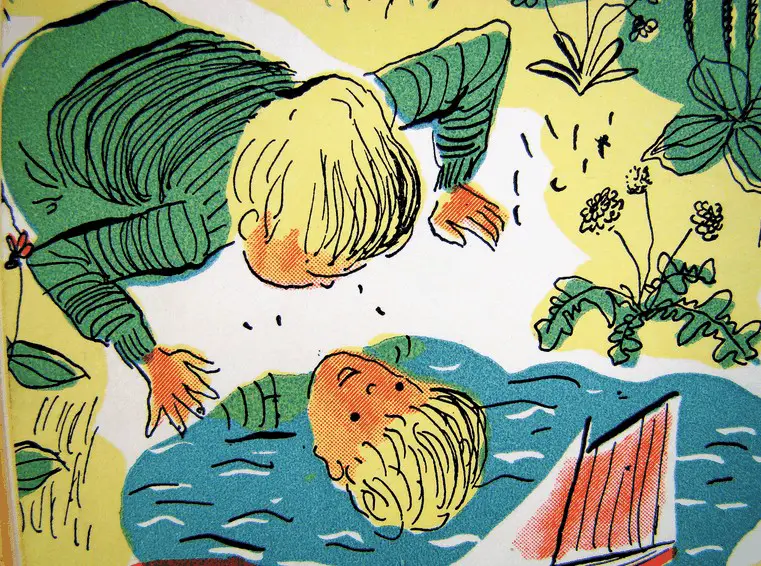
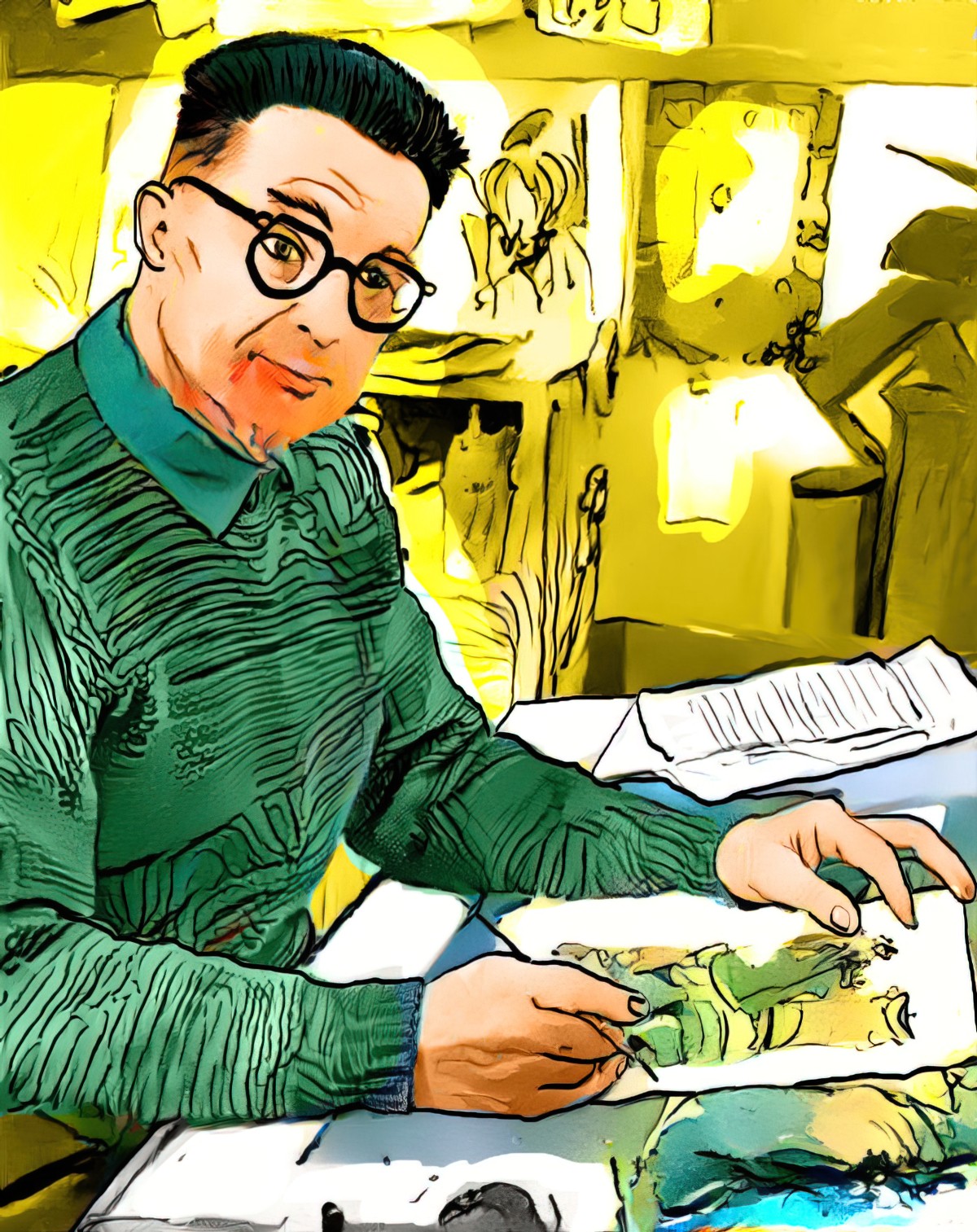
David Hockney sometimes uses a similar palette.

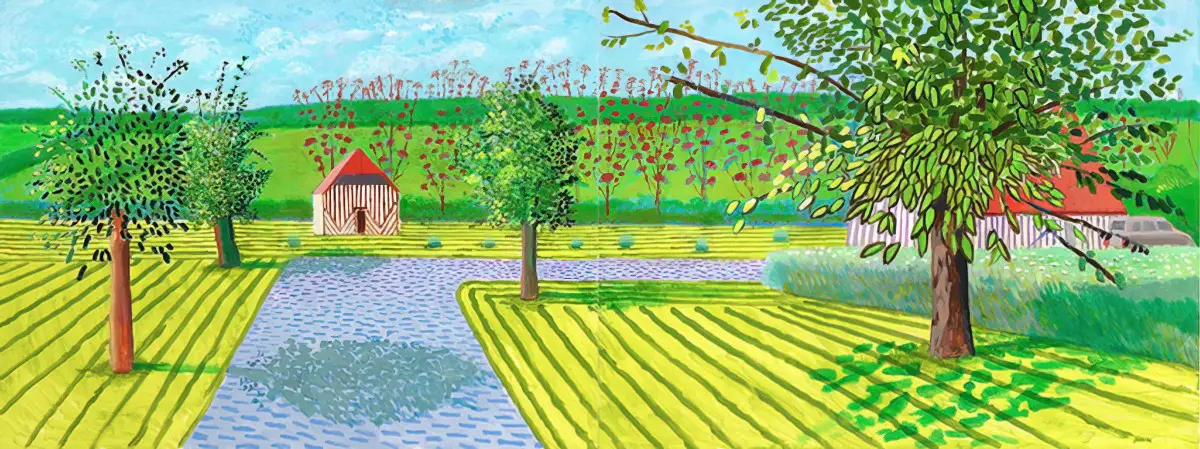
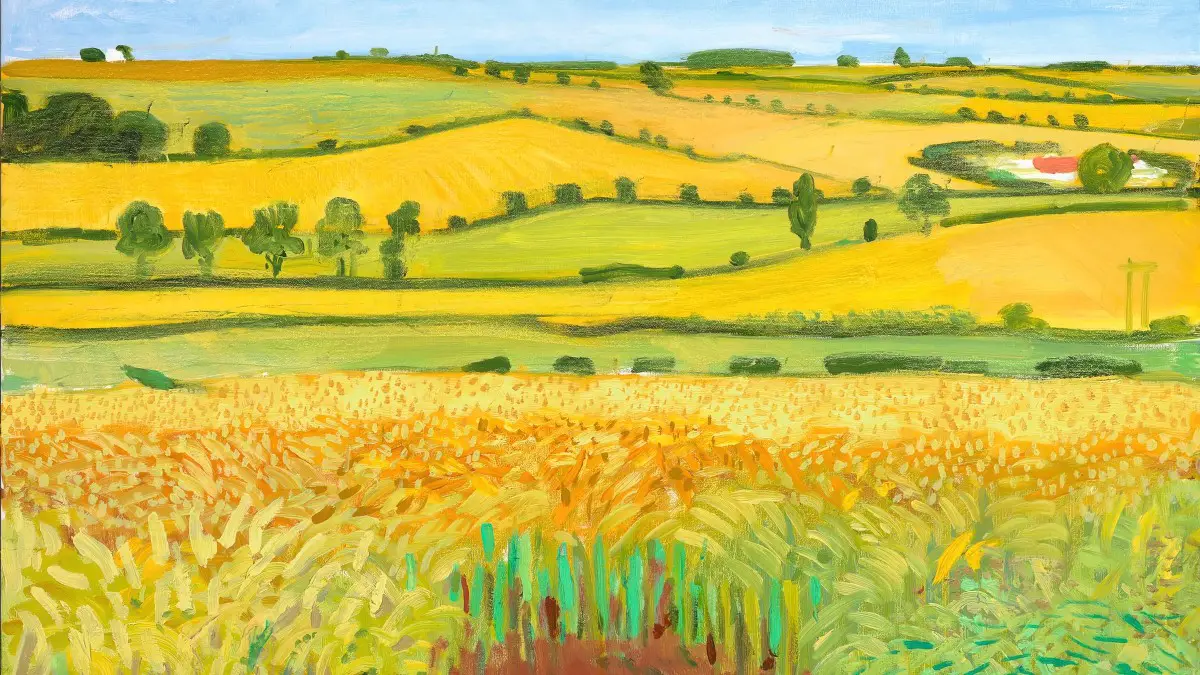
STORY STRUCTURE OF “VERONICA”
SHORTCOMING
Veronica is basically Angela Hayes from American Beauty. Veronica doesn’t want to be like all her genetically identical hippo relatives. She wants to stand out somehow. The worst thing you could say to Veronica:
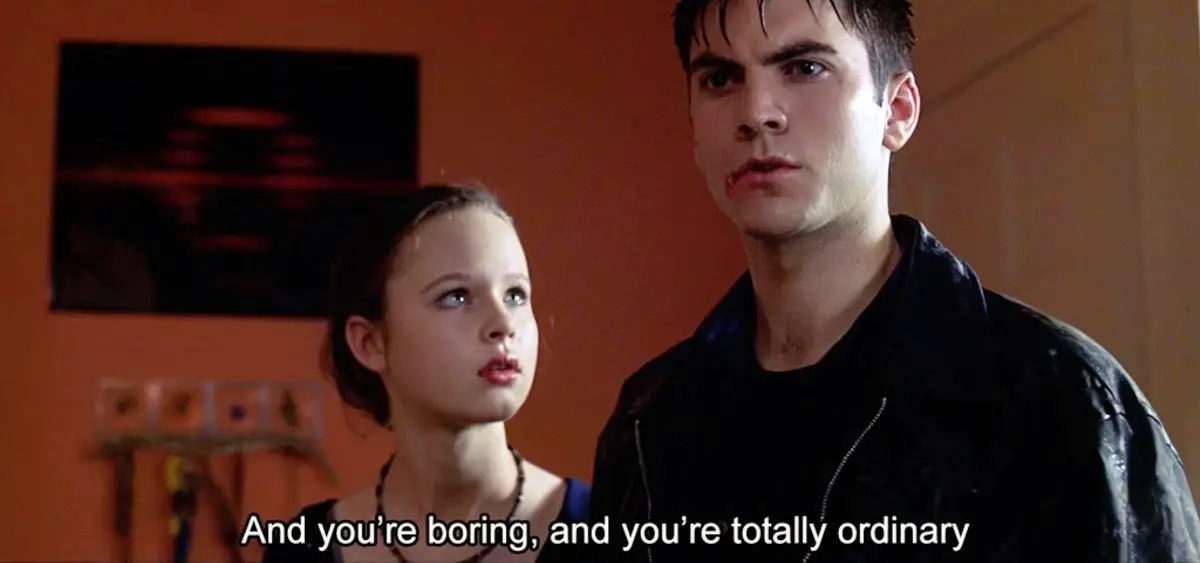
DESIRE
In terms of desire, Veronica is the inverse of David McKee’s Elmer the Elephant, who is covered in patchwork colours, and desperately wants to fit in.
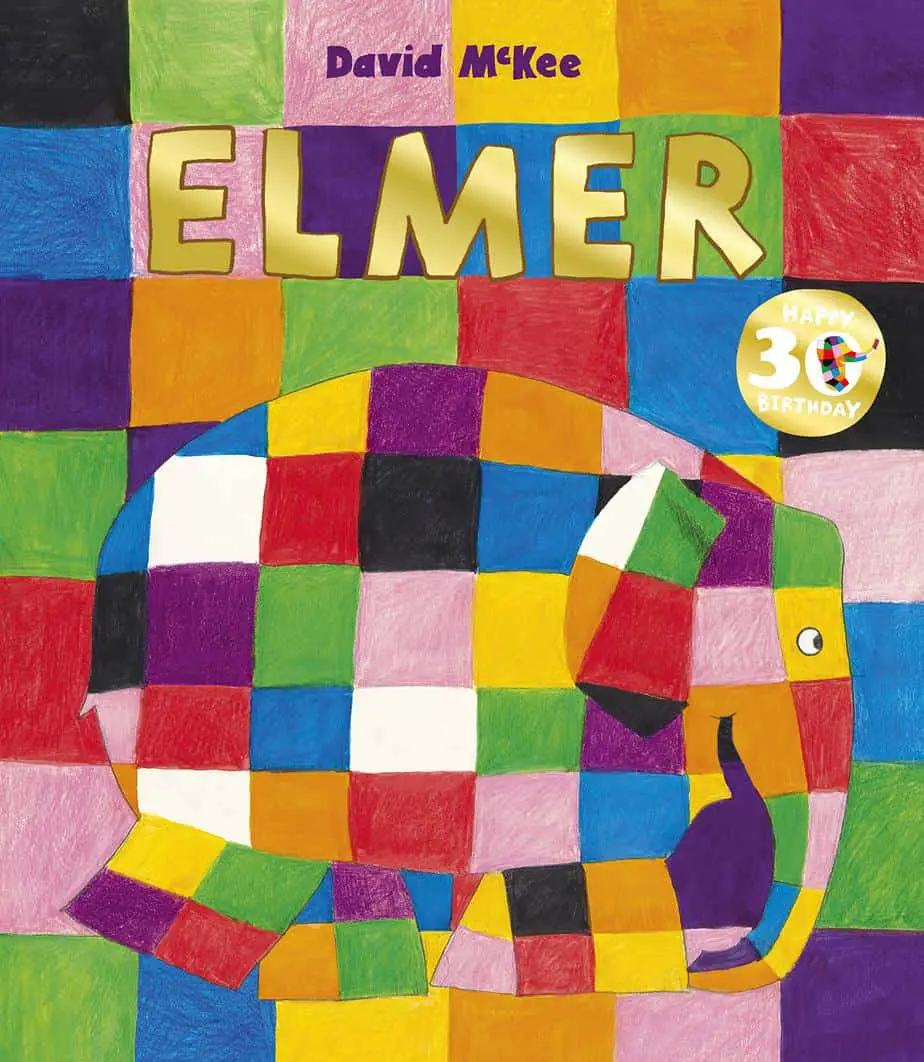
Veronica wants to be famous, or, in Duvoisin’s words, “gloriously conspicuous”. I love that phrase.
OPPONENT
Look, if you’re the most dangerous wild creature on the African continent and you decide to go somewhere specifically so you stand out, you can expect people to be a little… touchy.
Ungainly as it is, the hippopotamus is the world’s deadliest large land mammal, killing an estimated 500 people per year in Africa. Hippos are aggressive creatures, and they have very sharp teeth. And you would not want to get stuck under one; at up to 2,750kg they can crush a human to death.
BBC
PLAN
Why is Veronica around people? She has set out on an Odyssean journey and ended up in the city. This is very fairy tale-like, although in old fairy tales it’s usually a masculo-coded character who leaves his mother to seek his ‘fortune’. It’s also very modern. People still flock to cities to make their name. That’s where all the bankrollers live. Americans go to New York, Australians go to Melbourne or Sydney, Brits go to London, New Zealanders have to leave the country… I digress.
THE BIG STRUGGLE
A massive hippopotamus in the middle of a city is a comical fish-out-of-water tale. A policeman tells Veronica, “Lady, this is a one way street! You’re going the wrong way!”
Duvoisin is careful to show that the urban environment is unsuitable for Veronica, who has difficulty regulating her body temperature and is startled by the noises. Hippos spend much of the day resting, but sidewalks aren’t built to accommodate that.
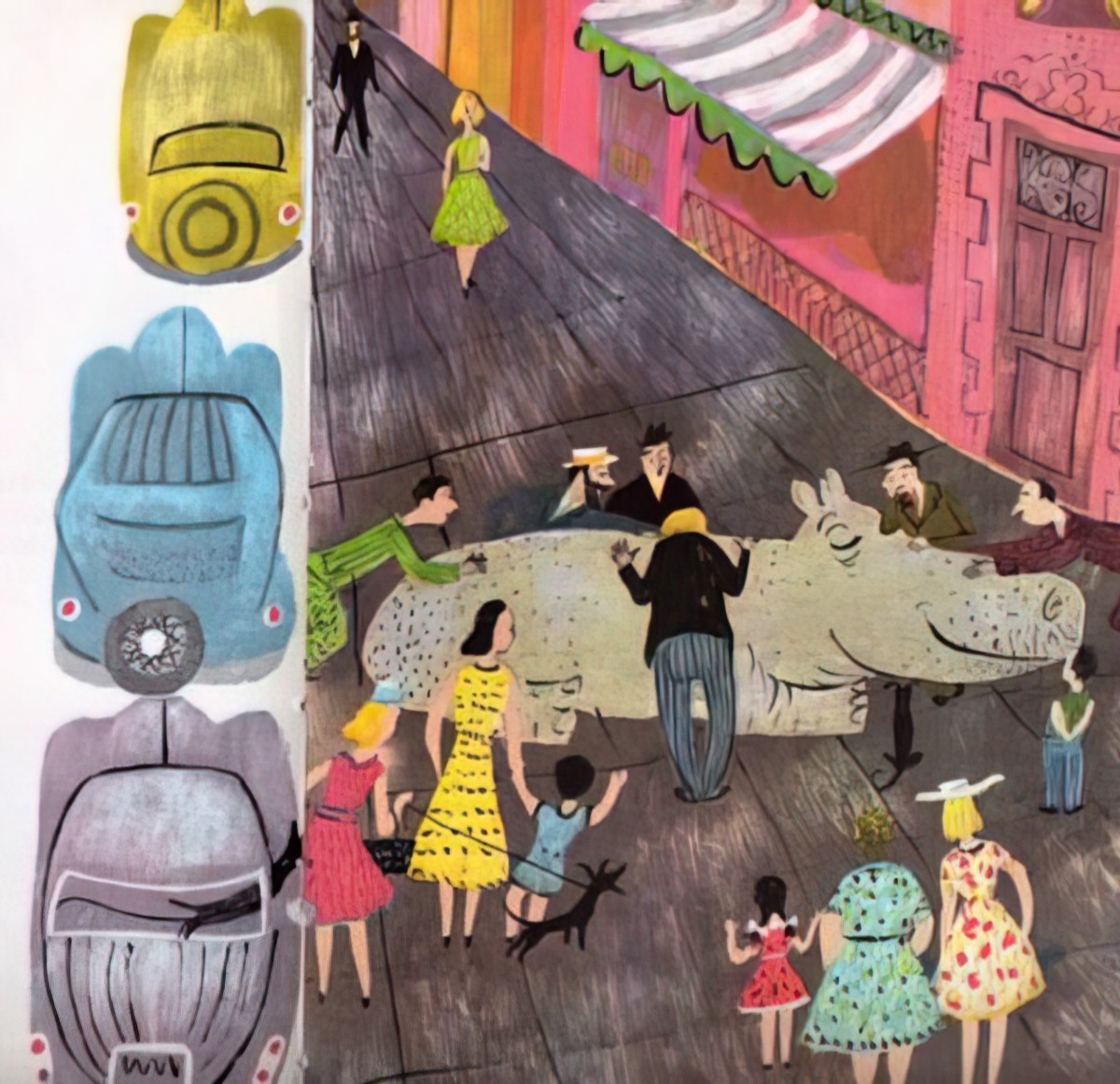
Much of the battle is of a carnivalesque nature, especially Veronica bathing in the city fountain, splashing water all over the people. Veronica doesn’t notice how angry she’s made everyone, and is on her own emotional level: gloriously happy. This ‘seriousness-frivolity disparity’ is familiar to parents and teachers everywhere: I’m talking about when kids are having big fun, but also making a mess for you to clean up, or making it more difficult for you to keep them safe.
Because of Veronica’s size, she functions like a fairytale ogre, which means she has a voracious appetite and must eat a vast quantity of food before the story is over. Ogres don’t tend to pay for the food they consume, which makes Veronica a ‘thief’ according to the laws of humanity. The vegetable guy wants her arrested. The policeman comes running. In line with storybook policemen, he is right there, suggesting Veronica is his permanent detail these days. However, he must have been busy tying his shoelace, because he didn’t notice the spectacle of Veronica eating an entire cartload of vegetables.
Veronica ends up in jail, of course, though even this is ridiculous because she doesn’t fit through the door.
How to end a battle sequence when you’ve got a carnivalesque series of exaggerated, comical events? That’s never easy.
In this case, a “nice old lady” swoops in, old-lady ex machina, to pay for the damage Veronica has wreaked.
ANAGNORISIS
The first revelation is experienced by the reader, not by the character herself when Veronica turns around to follow the stream of people. Now we have an ironic story, because the hippo who went to the city to be gloriously conspicuous has assimilated into the crowd. Veronica still wants to be conspicuous and famous.
The reader continues to understand, before Veronica does, that the city is no place for a hippo. She falls asleep between two cars and imagines the cars are her brothers and sisters. For crying out loud, Veronica, just go home.
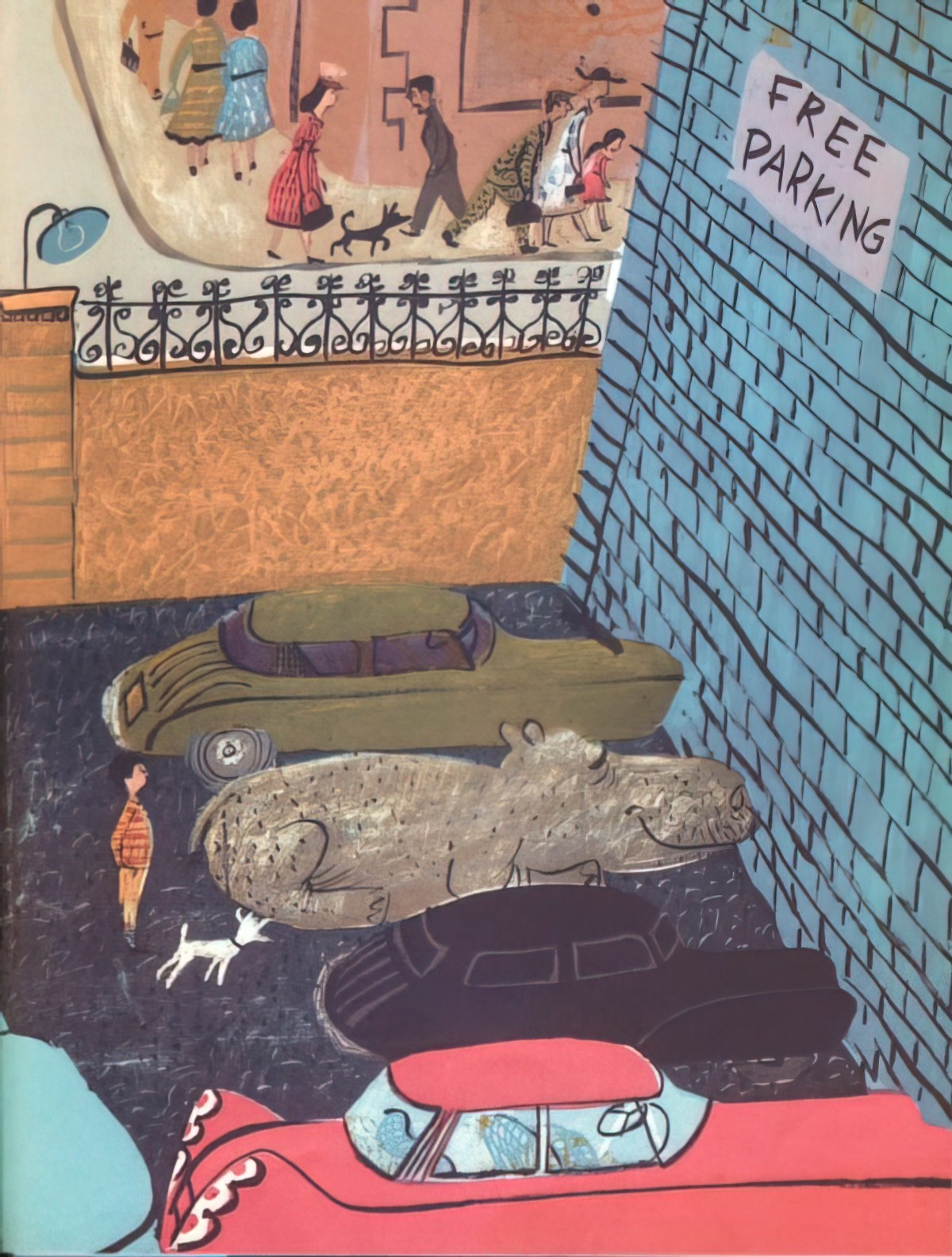
The nice old lady somehow knows *hand wave* that Veronica really wants to go back to her family in the wild, so makes that happen by bossing the officials around. (Little old ladies can get away with it, being otherwise powerless.)
NEW SITUATION
Veronica is back where she started, wallowing in a swimming hole anonymously. This time is different: Now she is happy there. She still gets her exhibitionist needs met because she’s got all these stories to tell the other hippos about adventures in the city. (That’d get real old real quick.)
EXTRAPOLATED ENDING
When taken together with the corpus of picture book messaging, the ideology of Veronica is clear: If you want to fit in, standing out is your strength. If you want to stand out, fitting in is your strength. Whatever it is you want, you probably want too much of it, and you should dial it back a bit if you want to find happiness.
And, of course, true happiness is only found with your family, where you belong with your own kind. Picture books are like a Marie Kondo Fundamental of Tidying: Tidy by category. (All the spoons in the spoon slot…)
Now all the hippos have been tidied away into the hippo slot.
RESONANCE
Veronica was first published at the beginning of the 1960s. This story was fairly enlightened for the time, because what else was proliferating? Cosy stories about family trips to the zoo. A story such as Veronica contains the message that wild creatures belong in the wild. Which is… modern!
Decades later, in 1992, Anthony Browne published the most overtly anti-zoo picture book I can think of. (It’s called Zoo.)
What do you think regarding messaging in contemporary picture books (2020s)? Is there still room for plots like these, or are we a bit past that now? (Also, where is this set? The human characters look entirely white.)
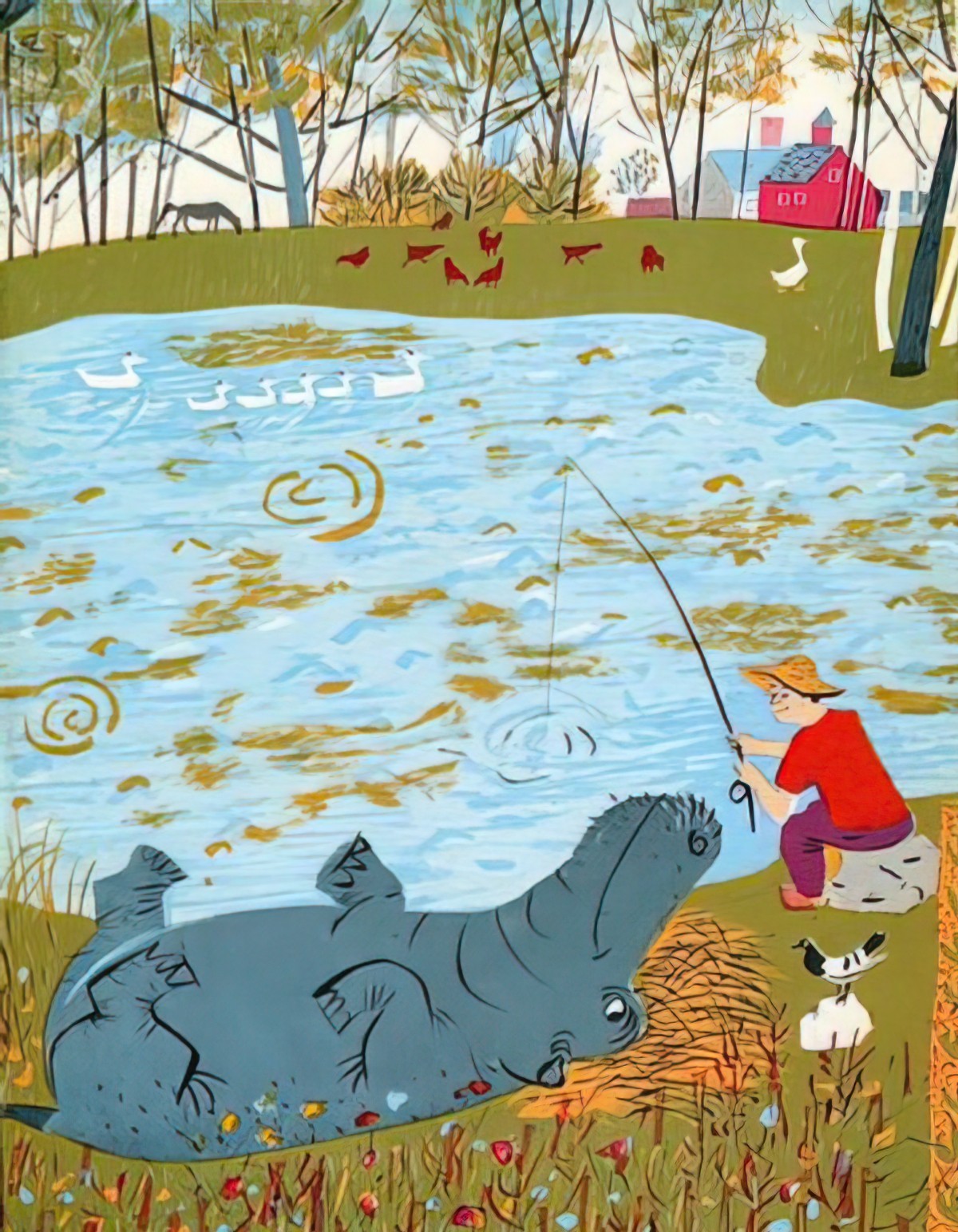
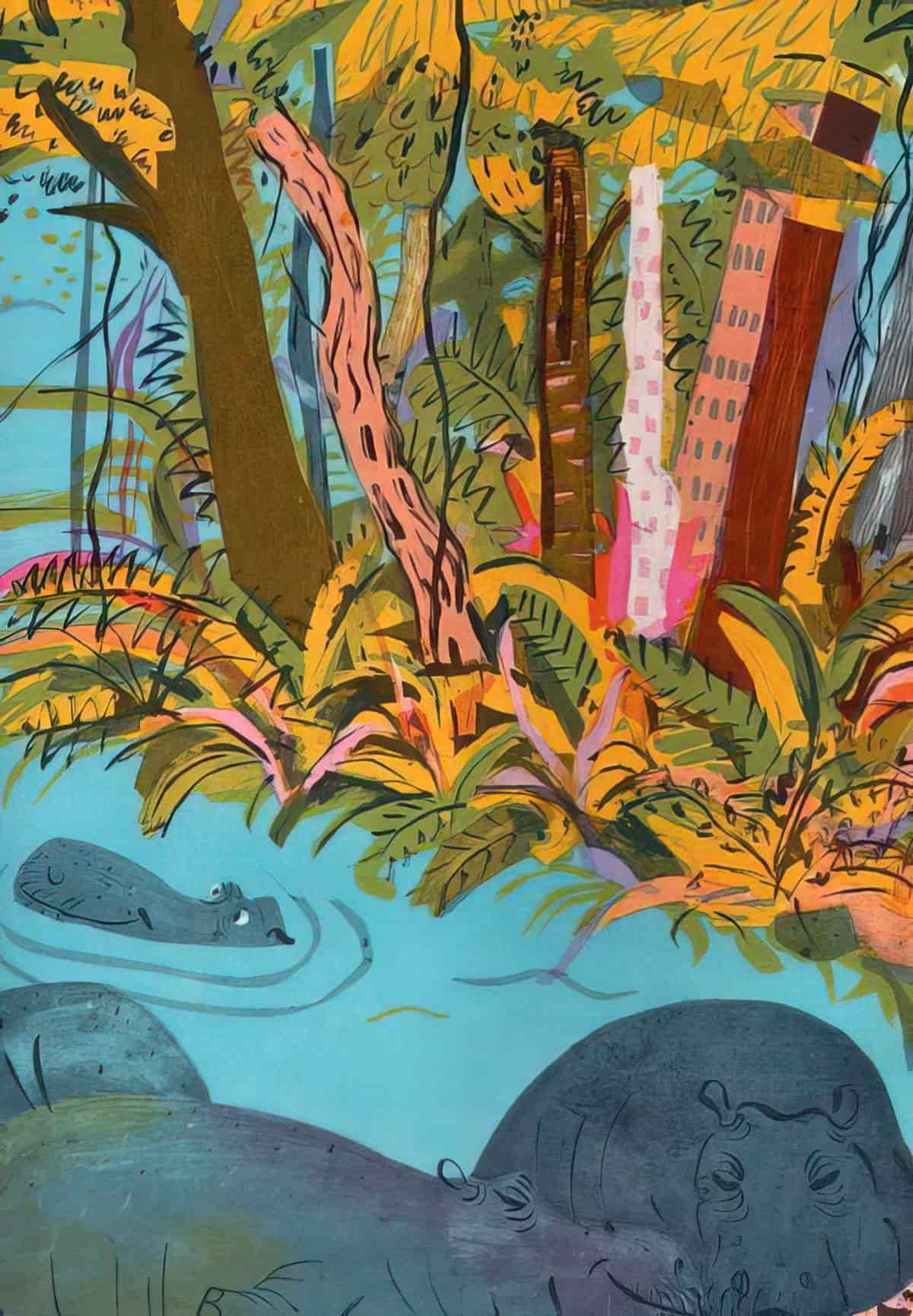
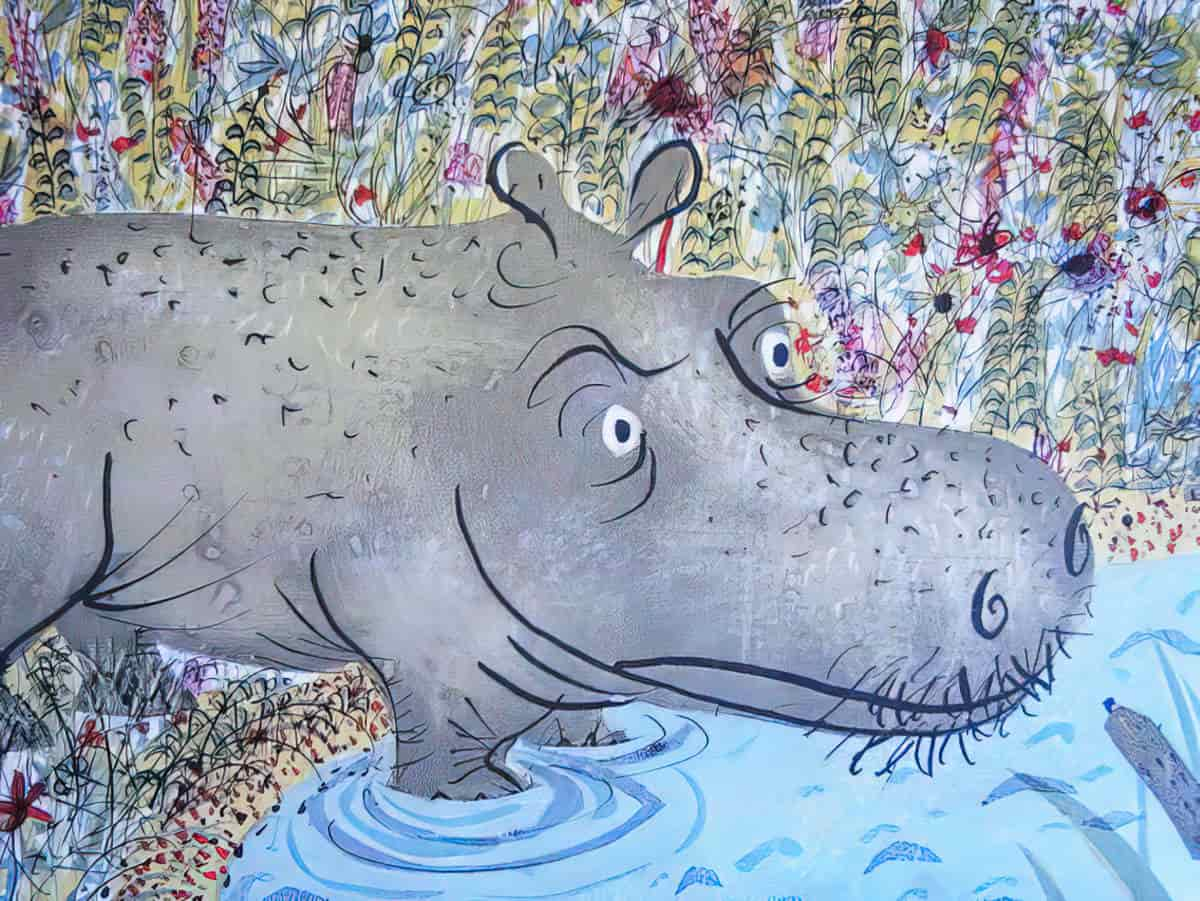
Other Hippos In Children’s Literature
Lovable hippos are frequently depicted as a shade of pastel purple rather than grey. Across the Veronica picture books, Duvoisin makes Veronica whatever colour he wants her to be. She takes on the ambient light, and sometimes she’s standing in shade, so she is dark grey.
HIPPOS AS PART OF THE AFRICAN ANIMAL GANG


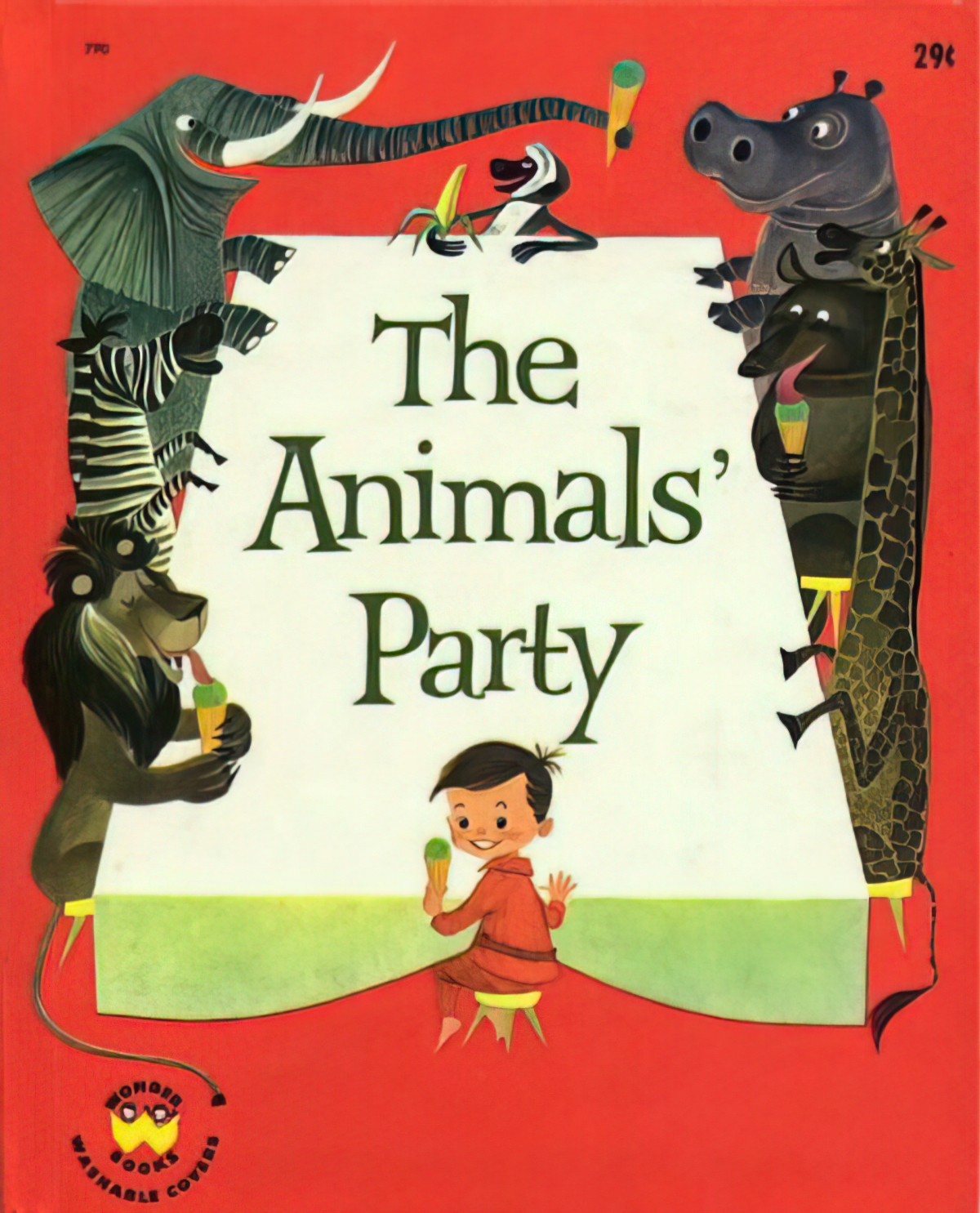
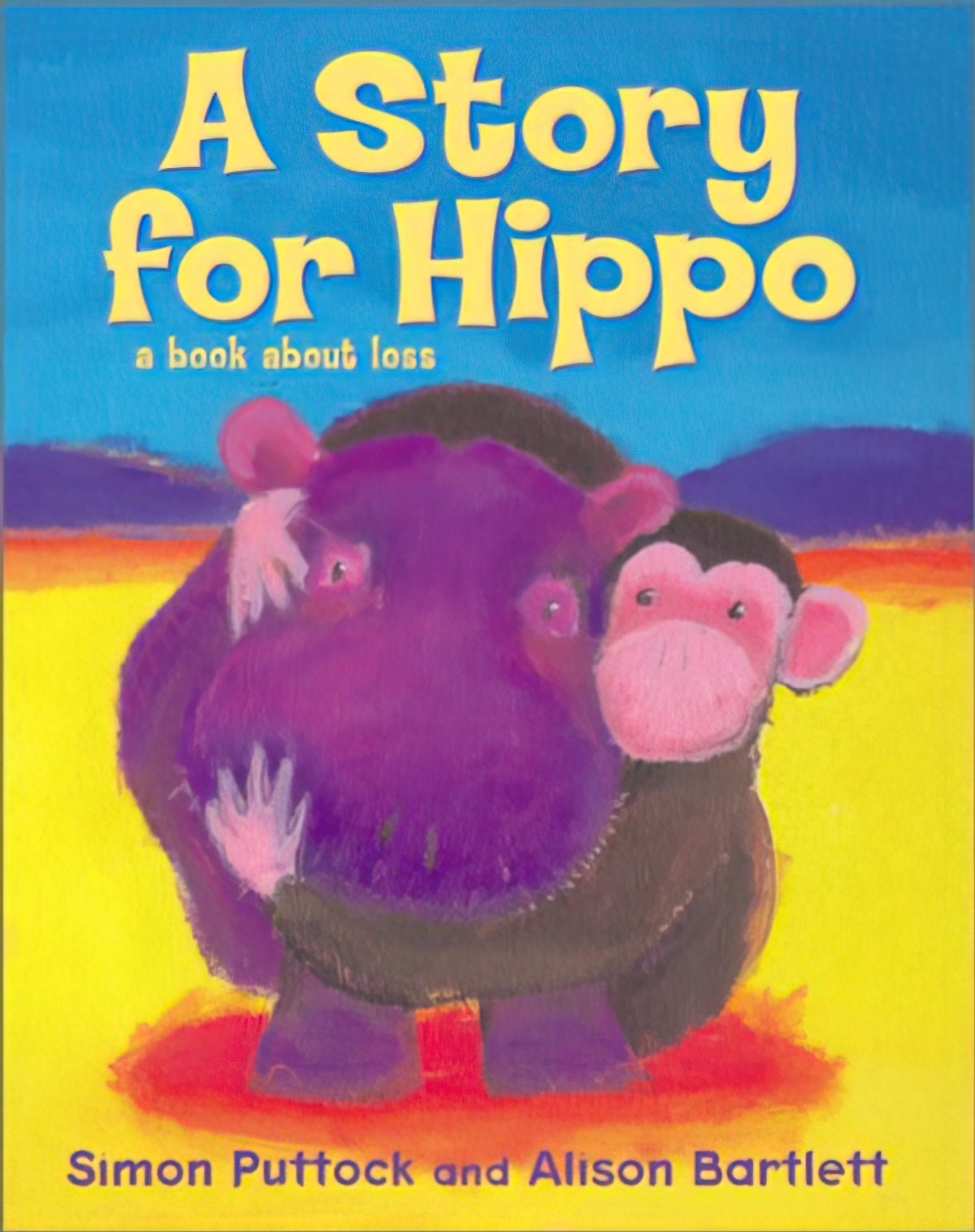
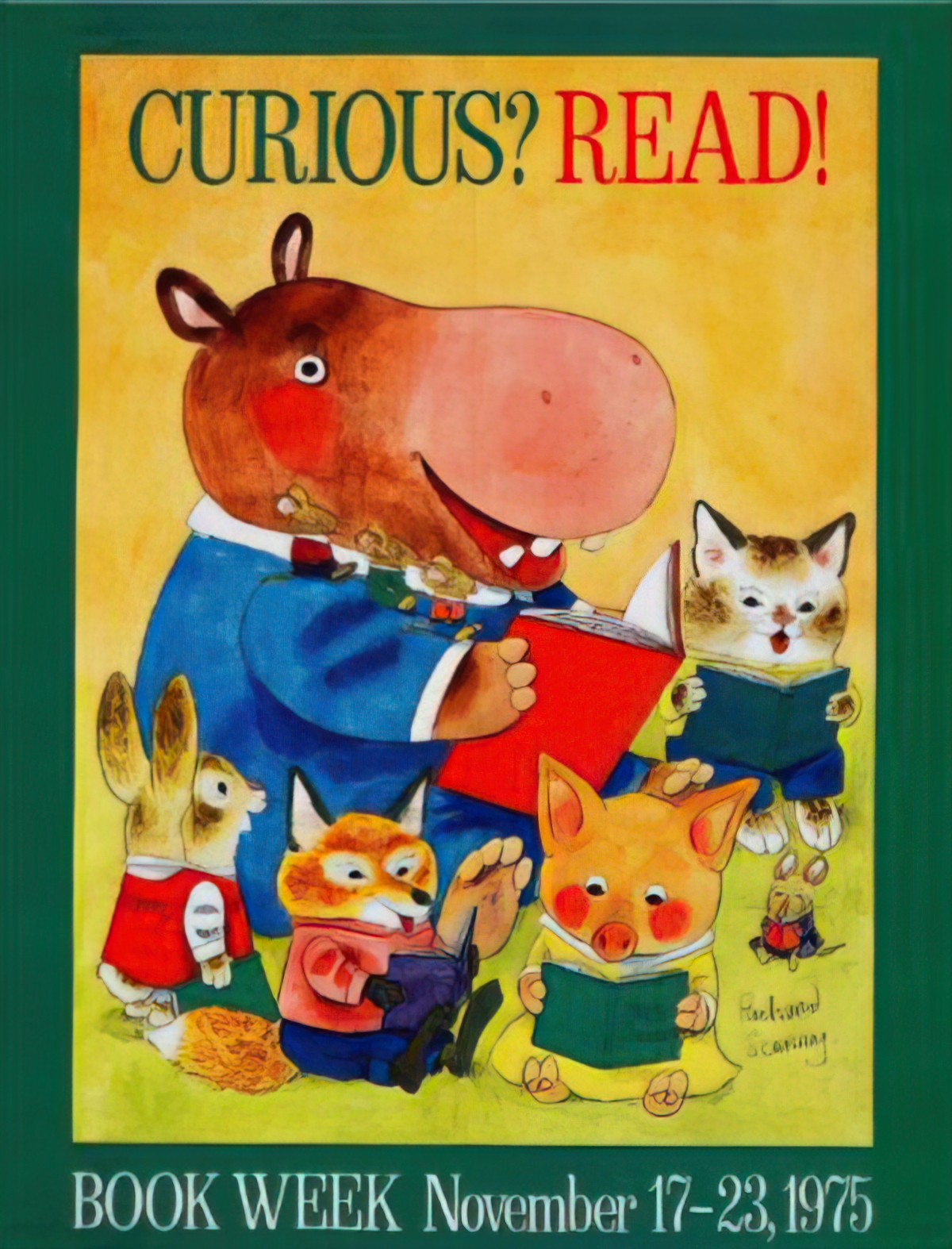
NATURALISTIC HIPPOS
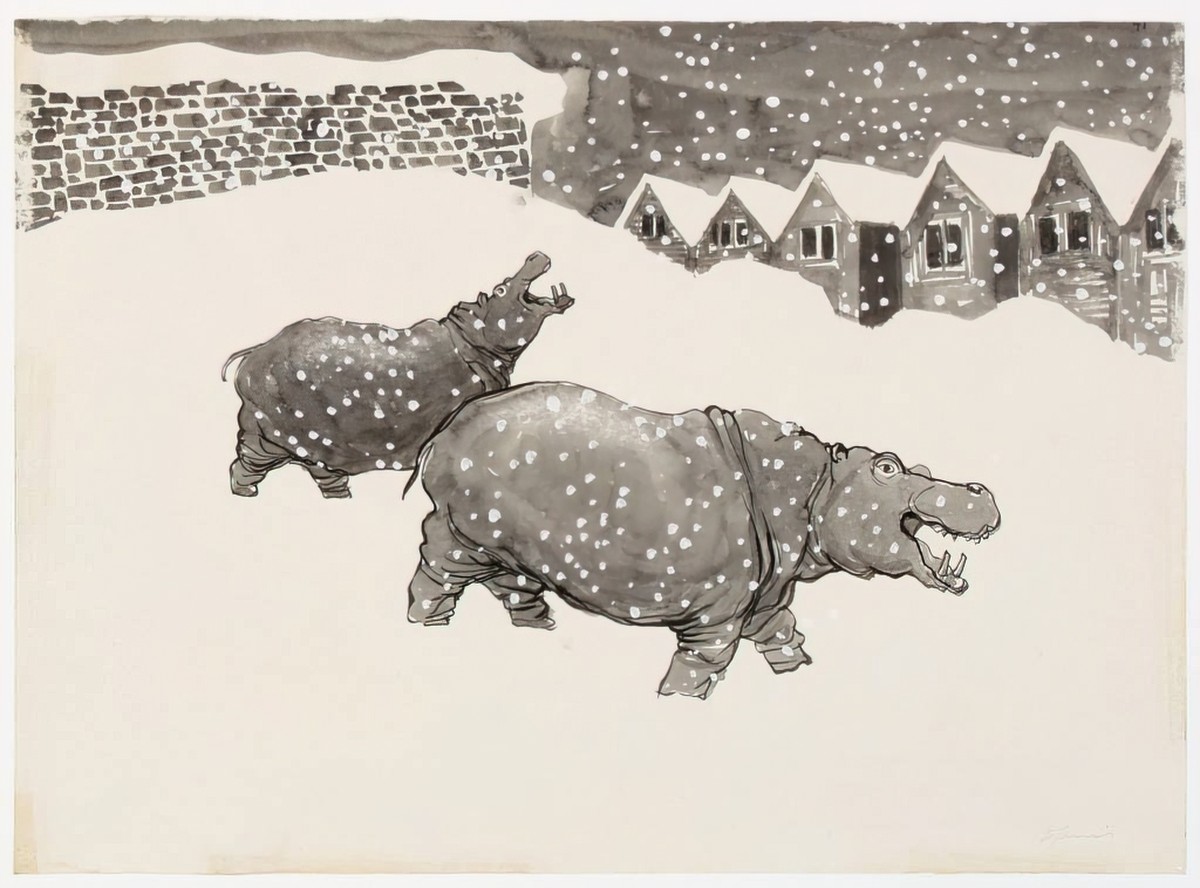
HIPPOS AS CHILD STAND-IN
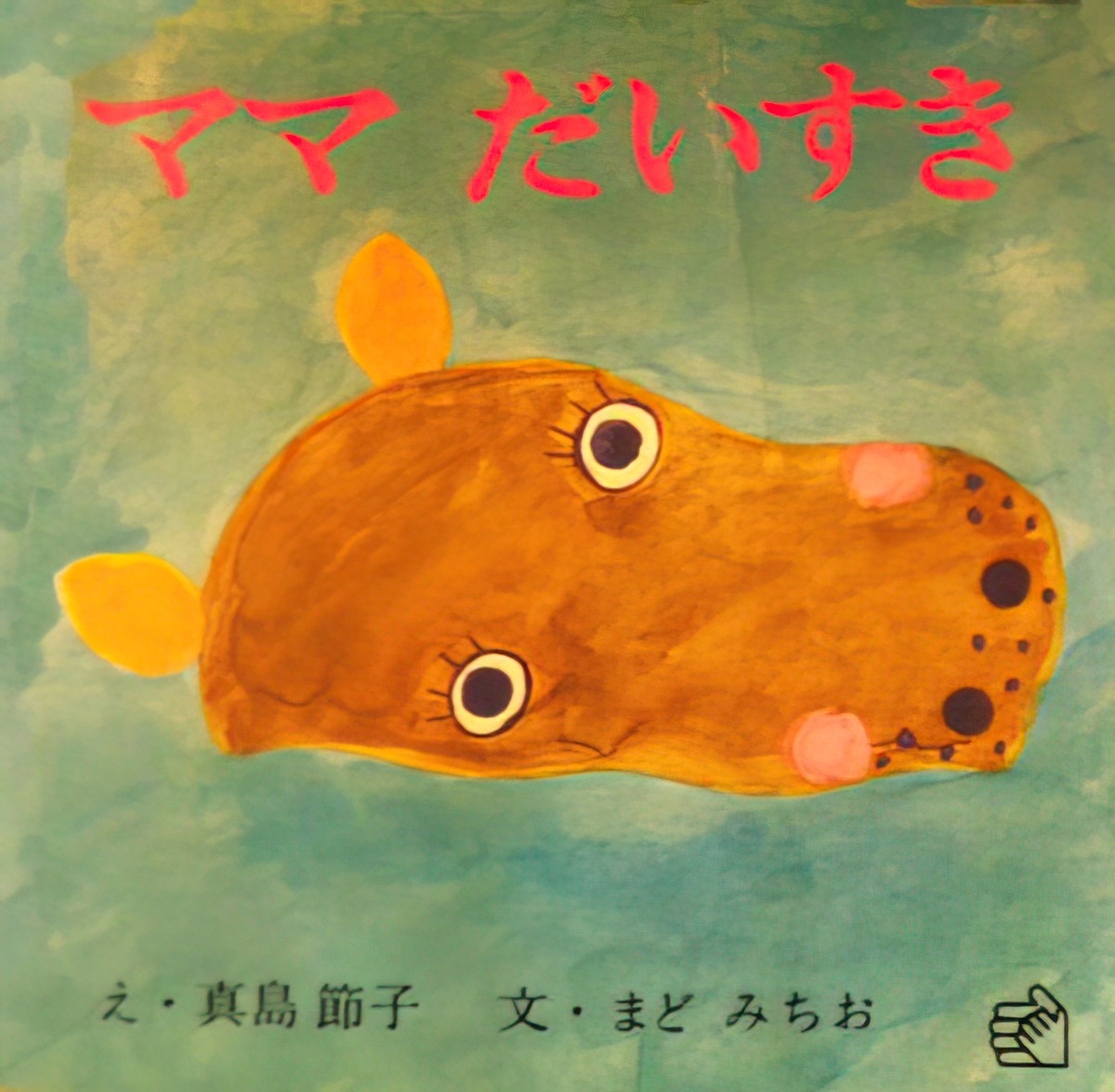
HIPPO AS FEARSOME MONSTER
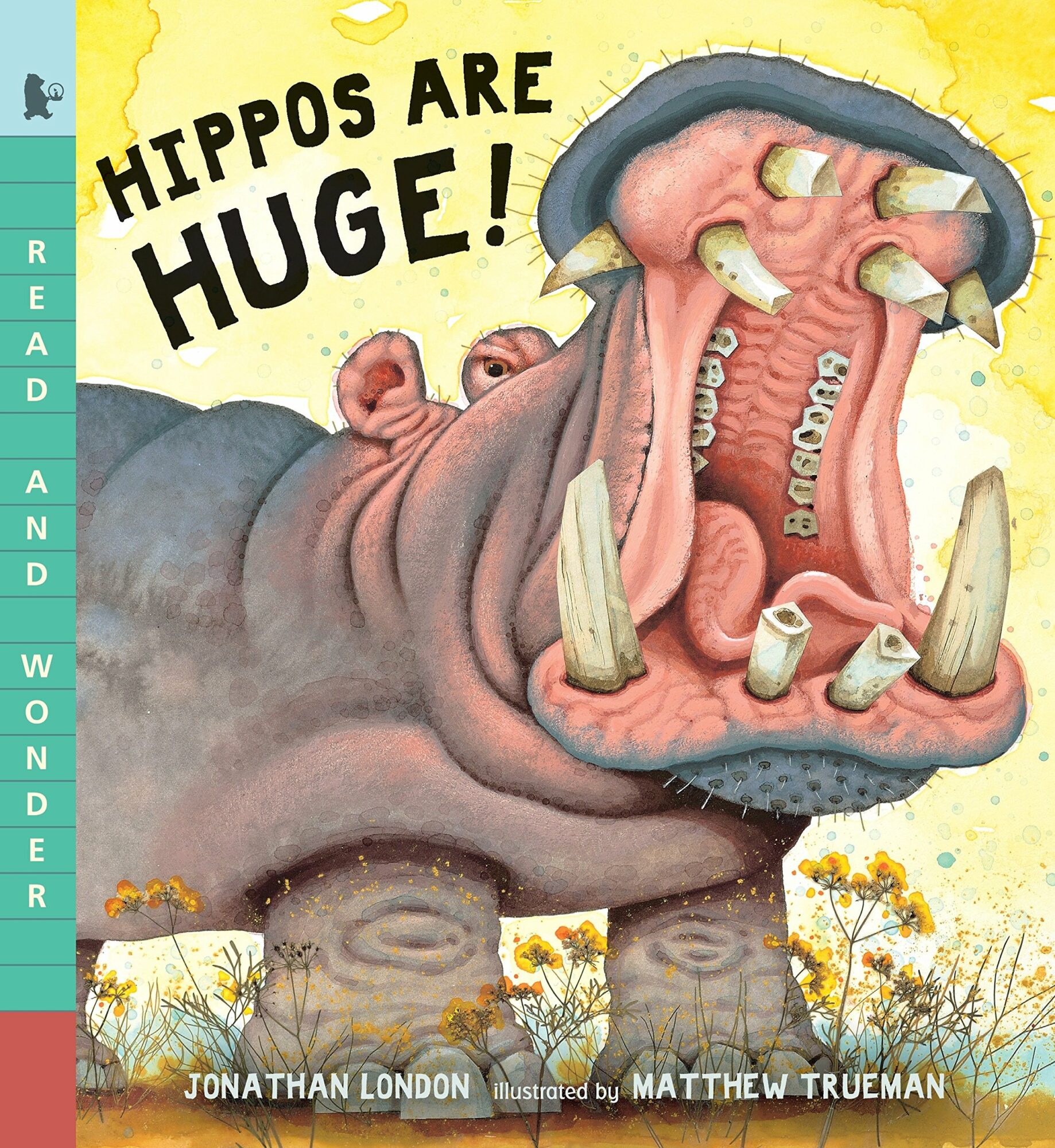
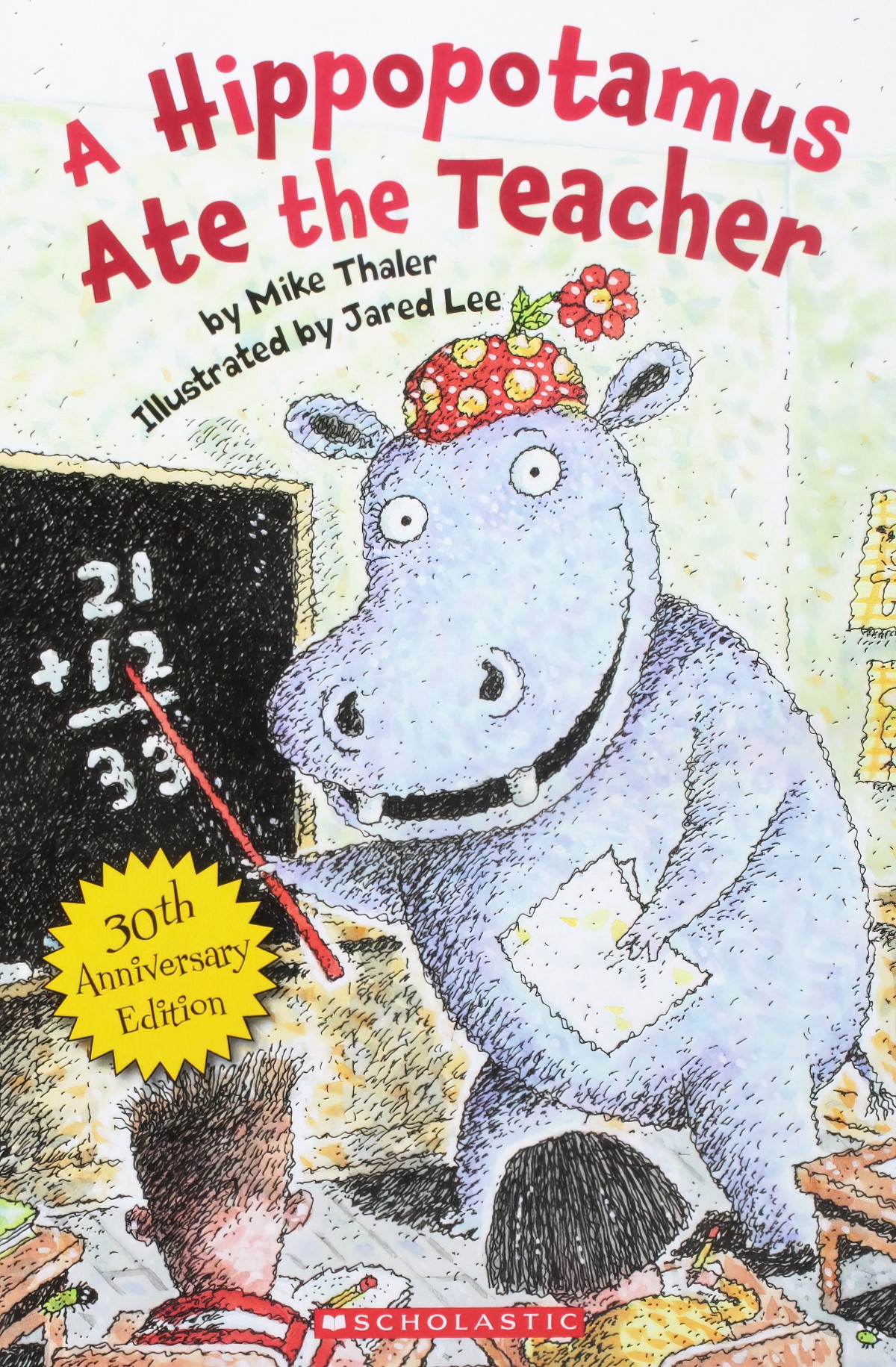
HIPPO AS LOVEABLE MONSTER (IN SIZE)
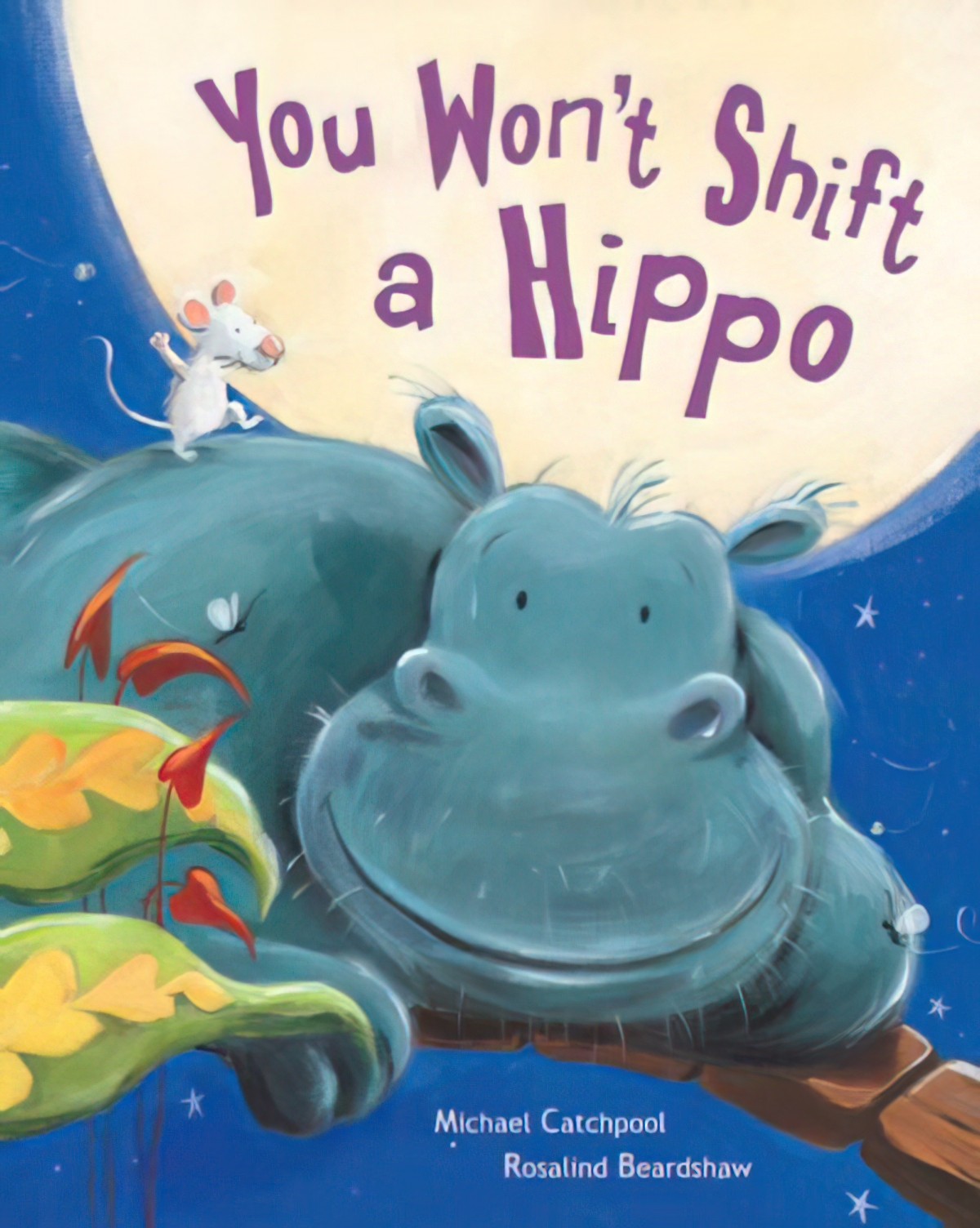
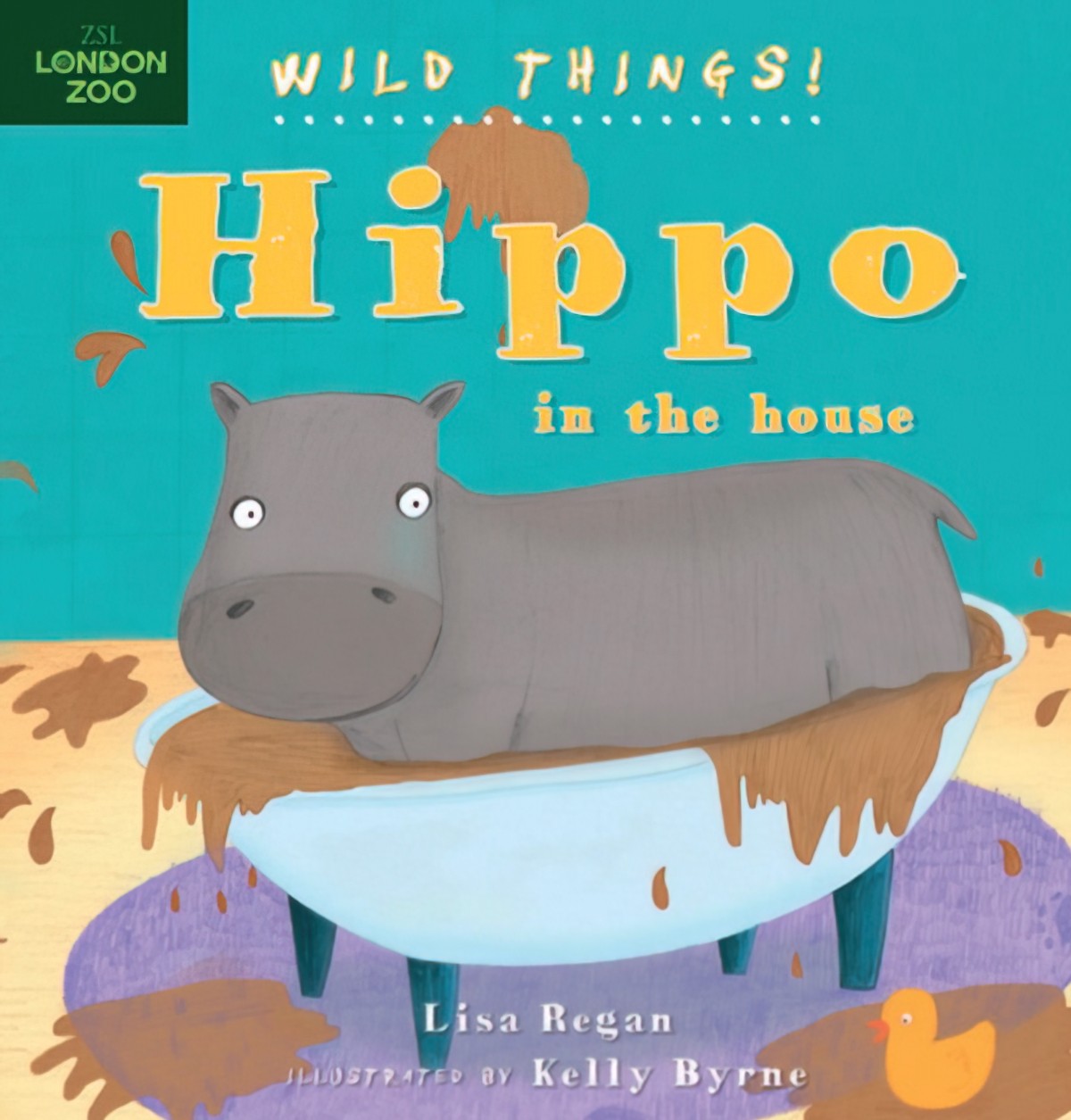
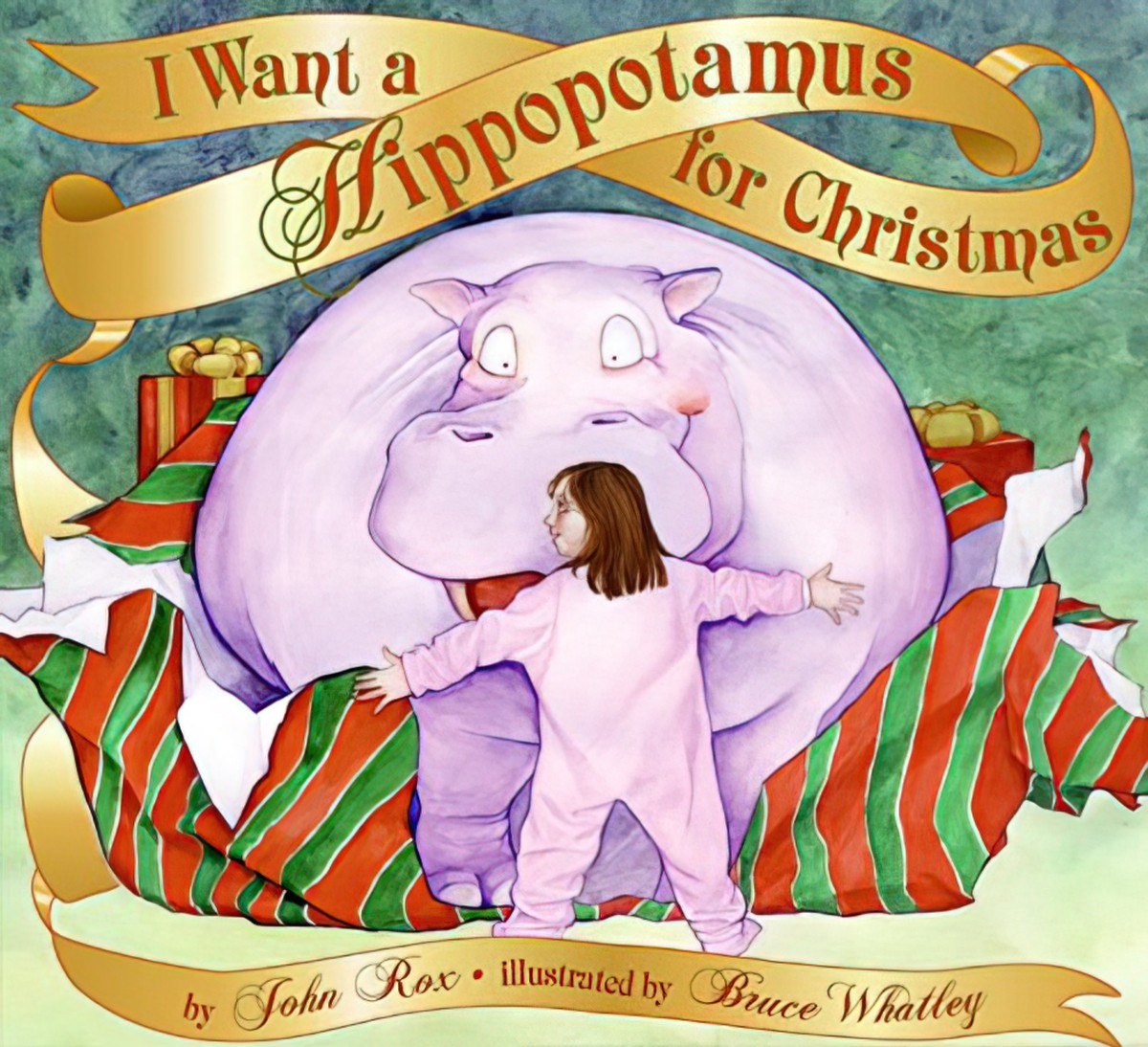
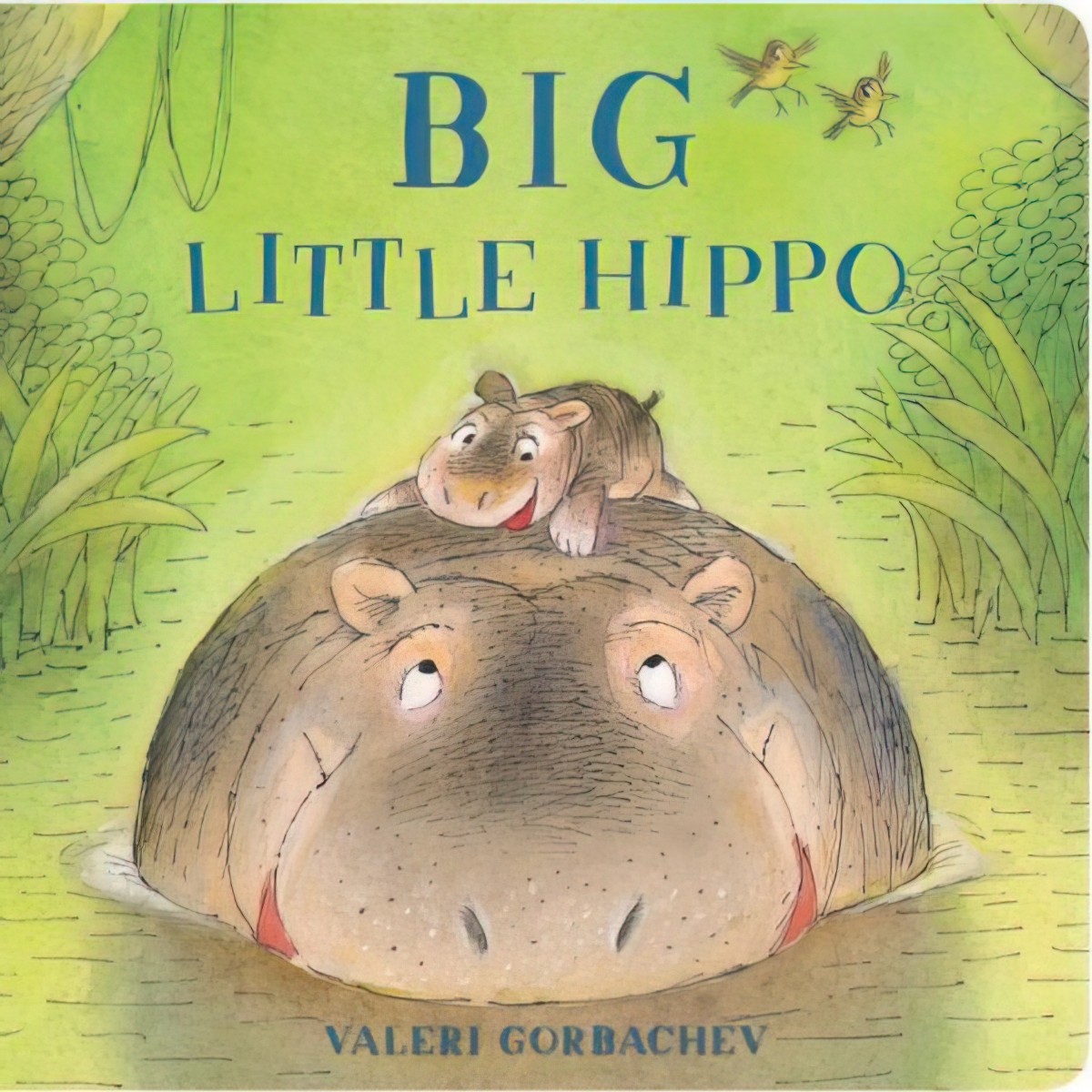
THE HIPPO AS OTHER
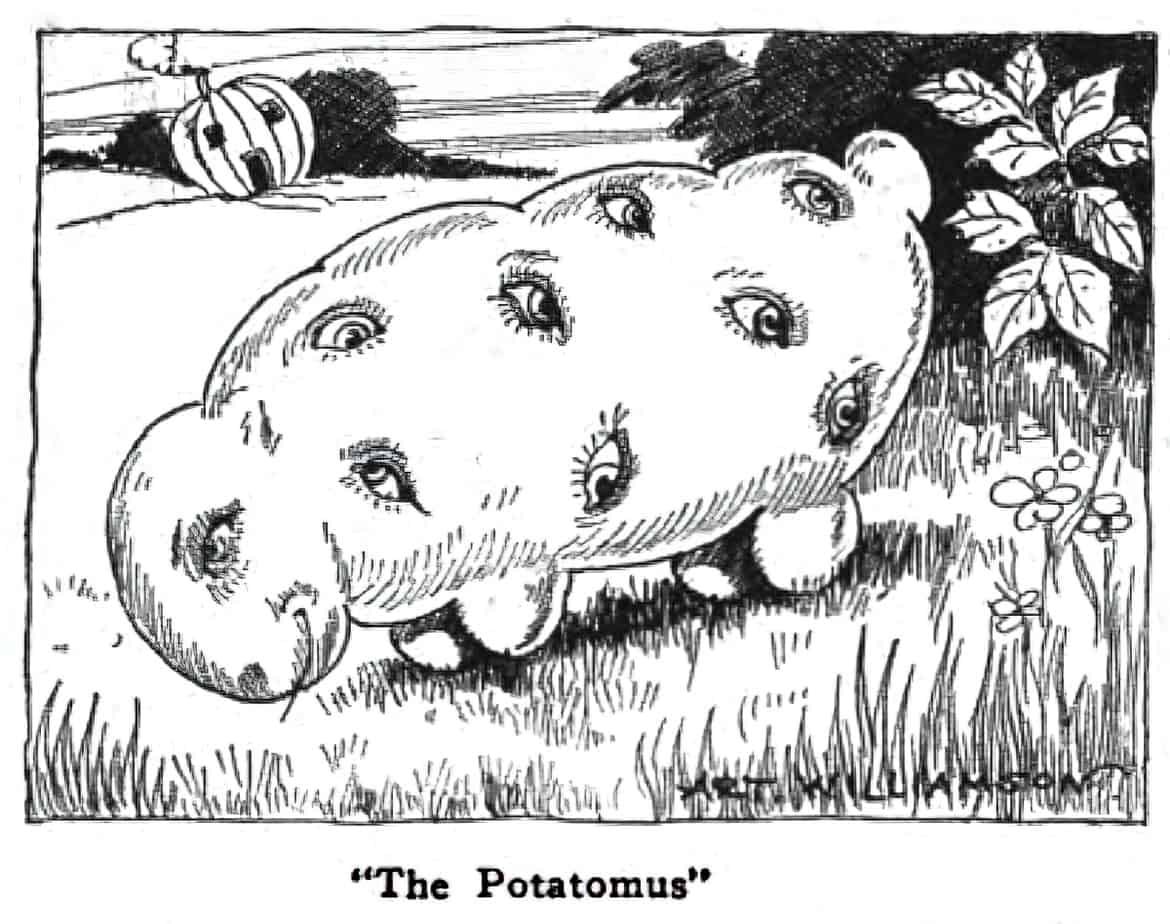
BEAUTIFUL HIPPOS
This only works as comedy and spectacle because (human) feminine beauty standards require slimness, and Not Taking Up Space.
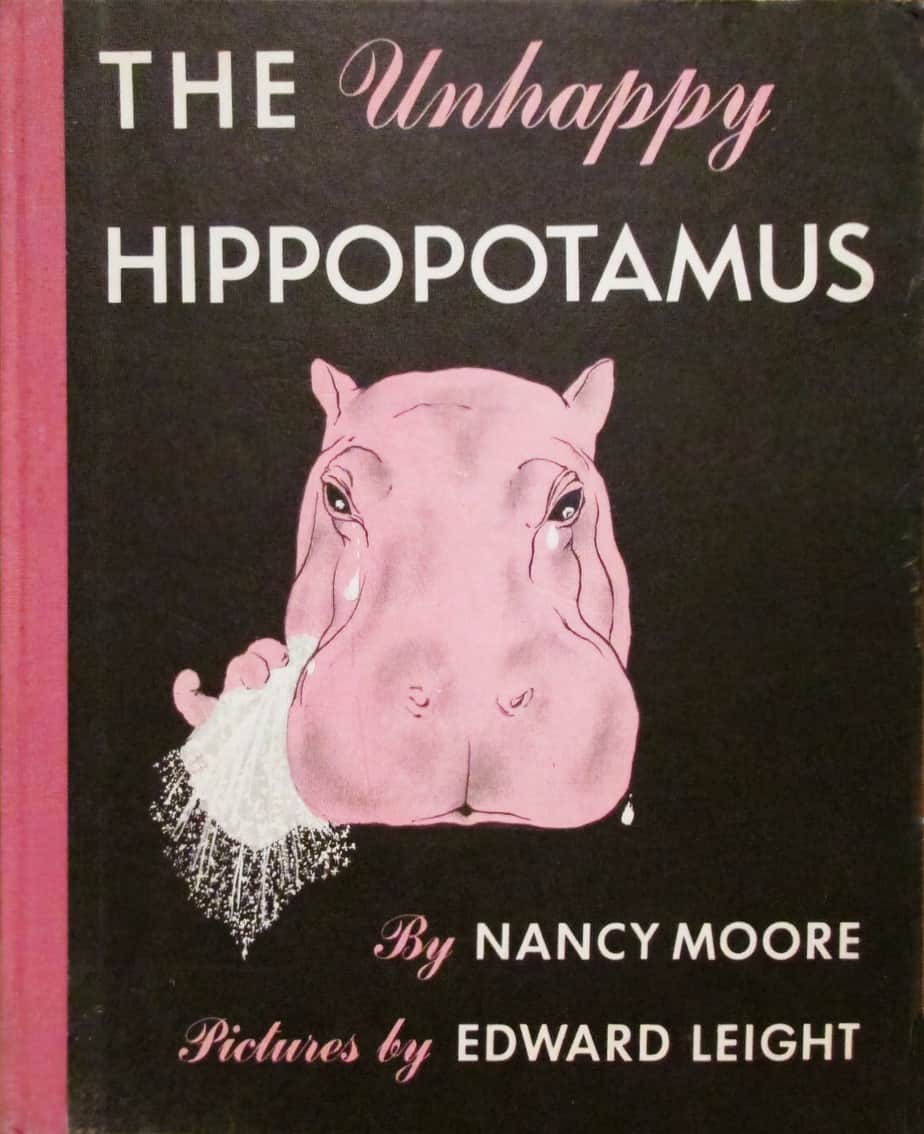
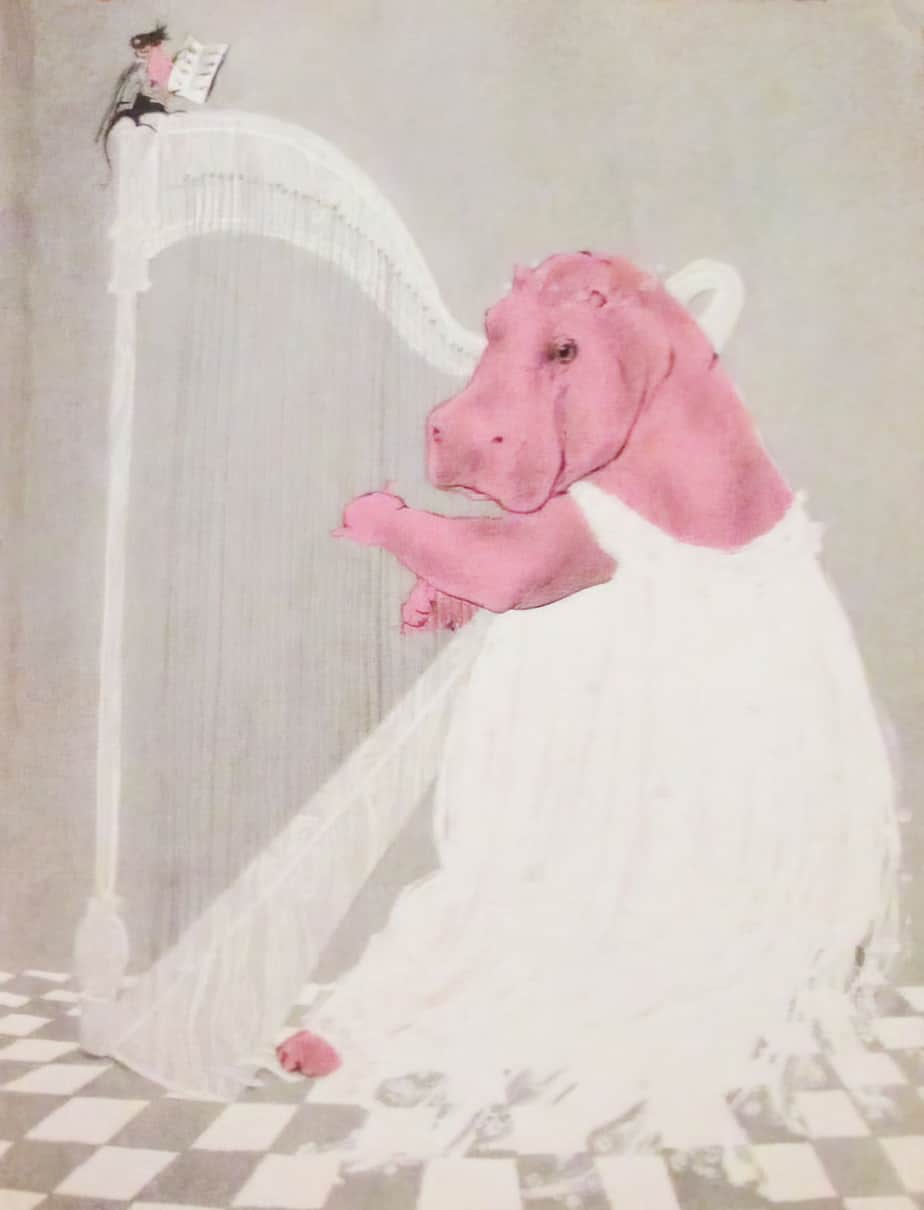
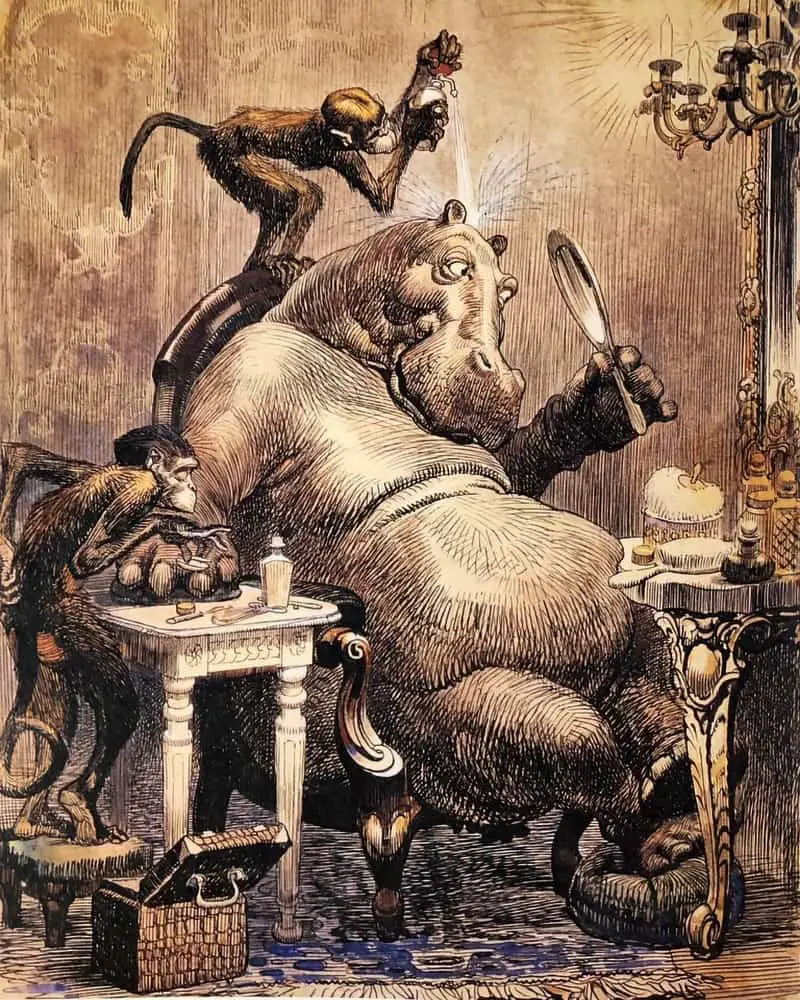
ALLITERATION
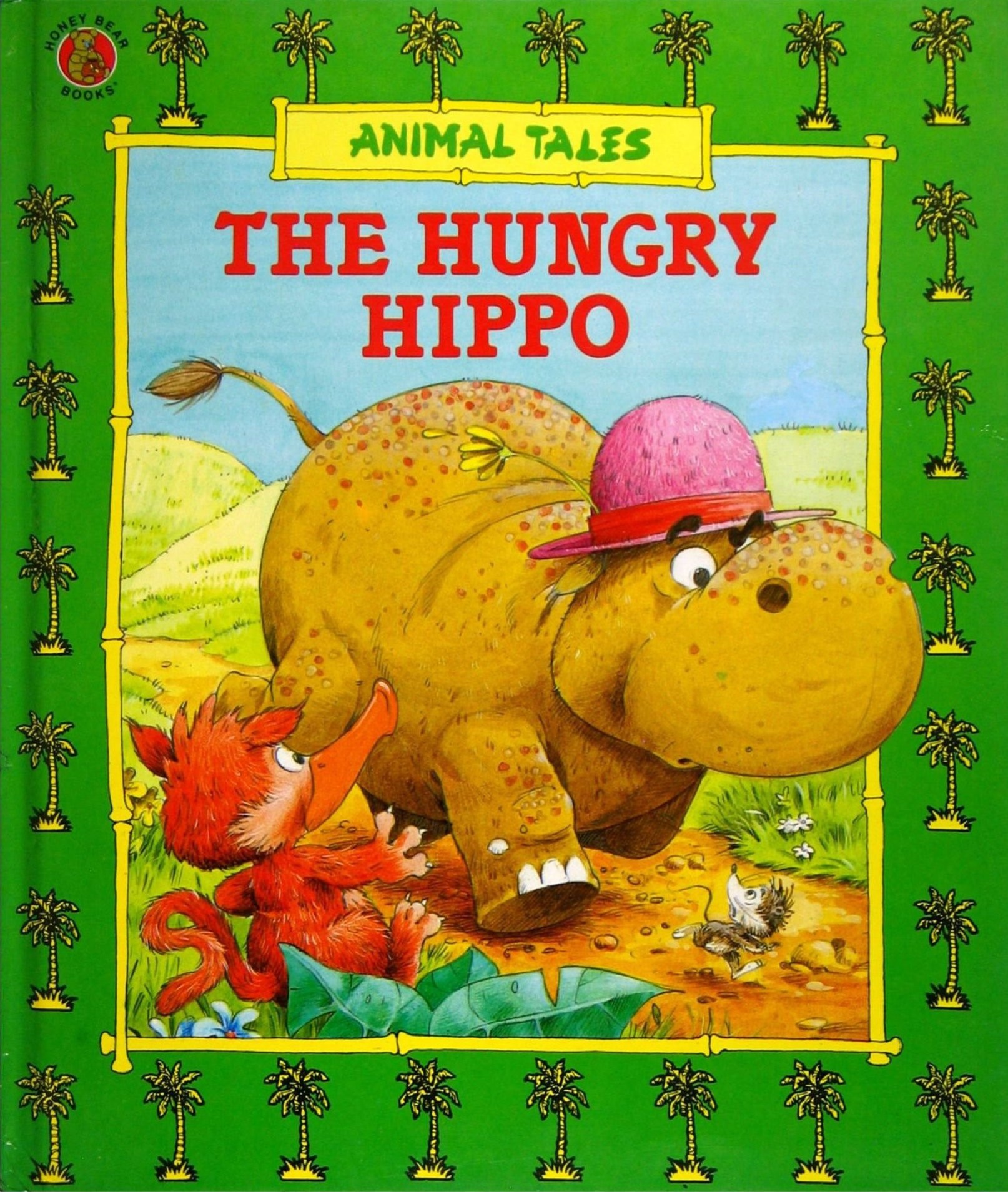
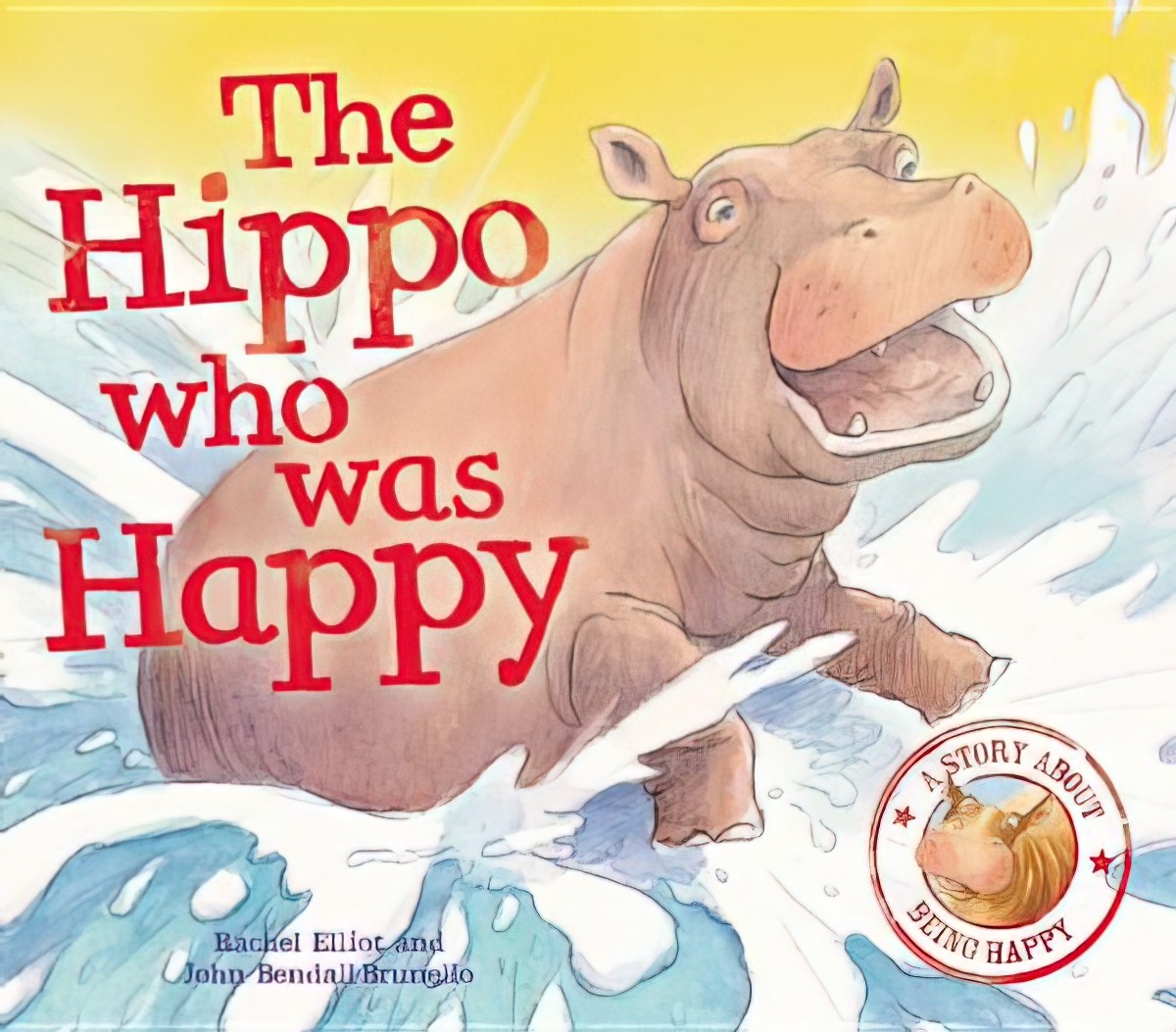
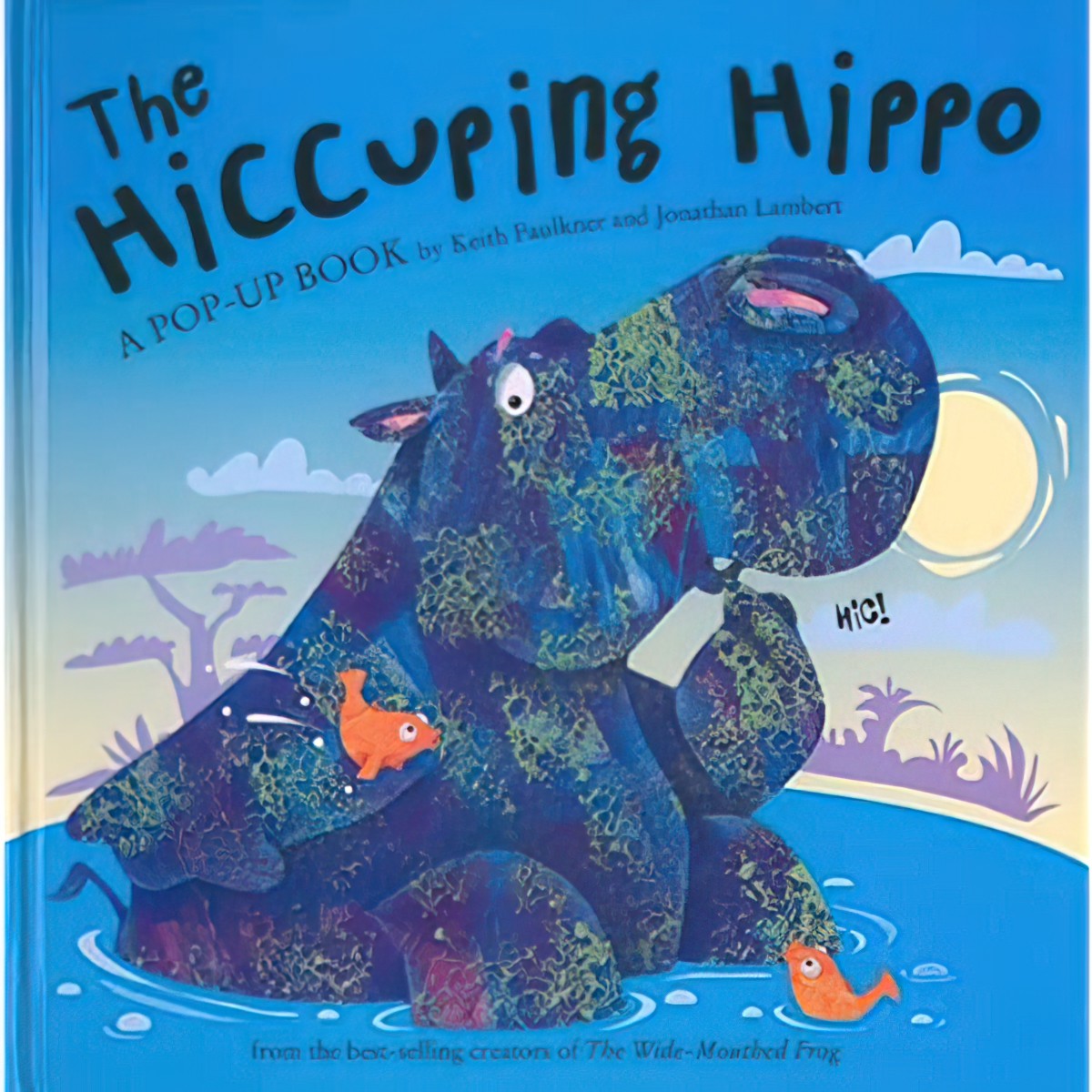
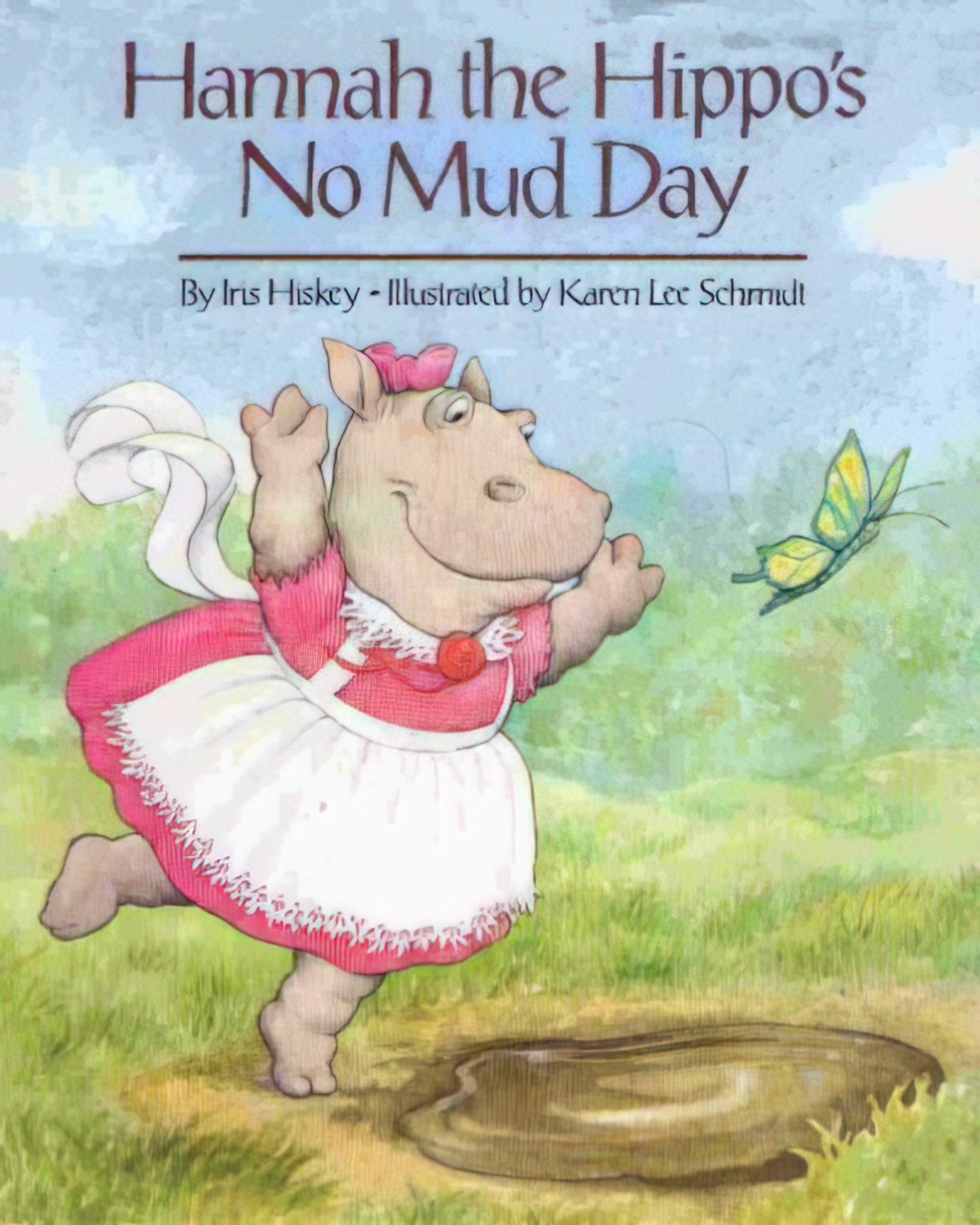
DANCING HIPPOS
TV Tropes calls this gag Acrofatic.
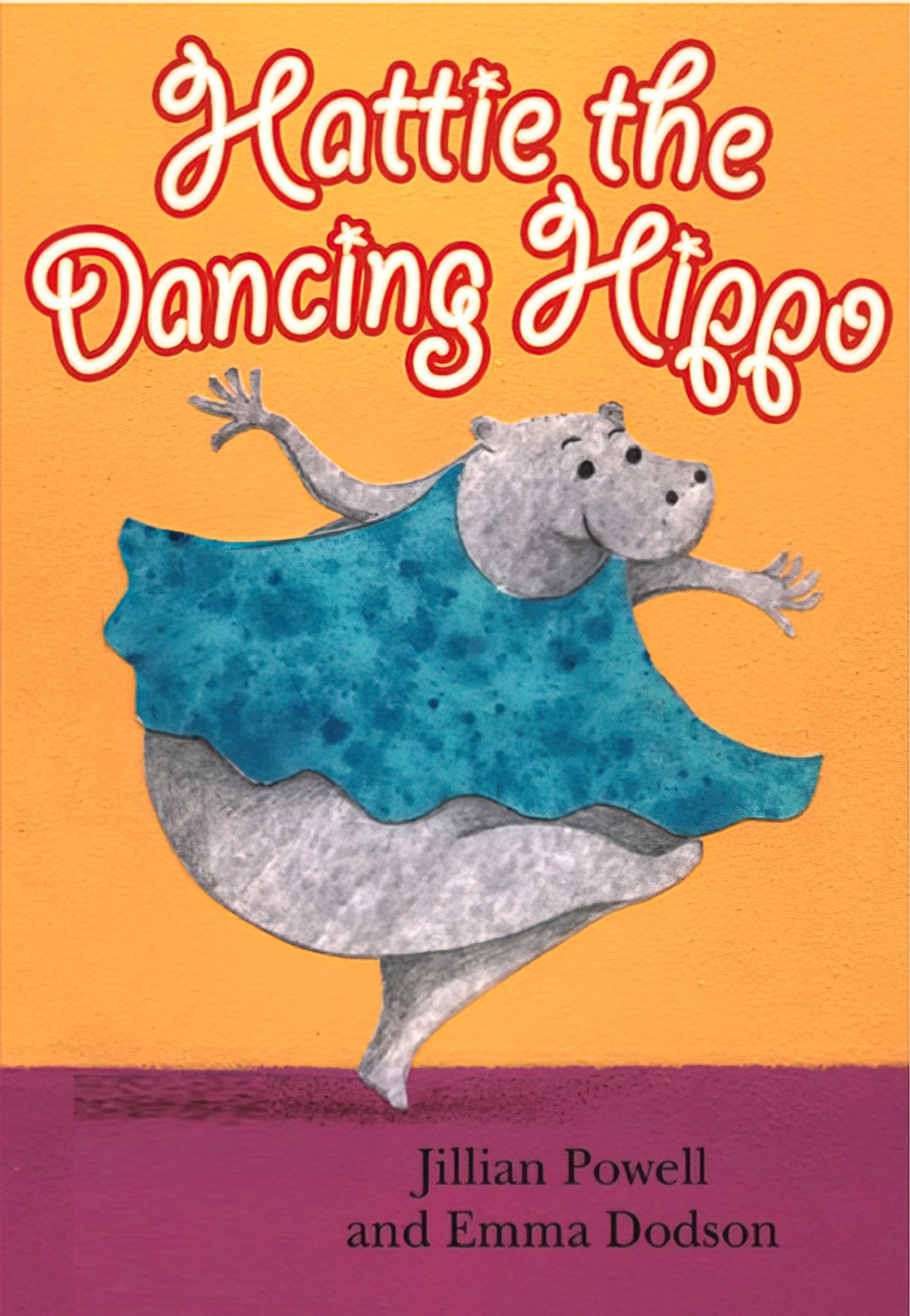
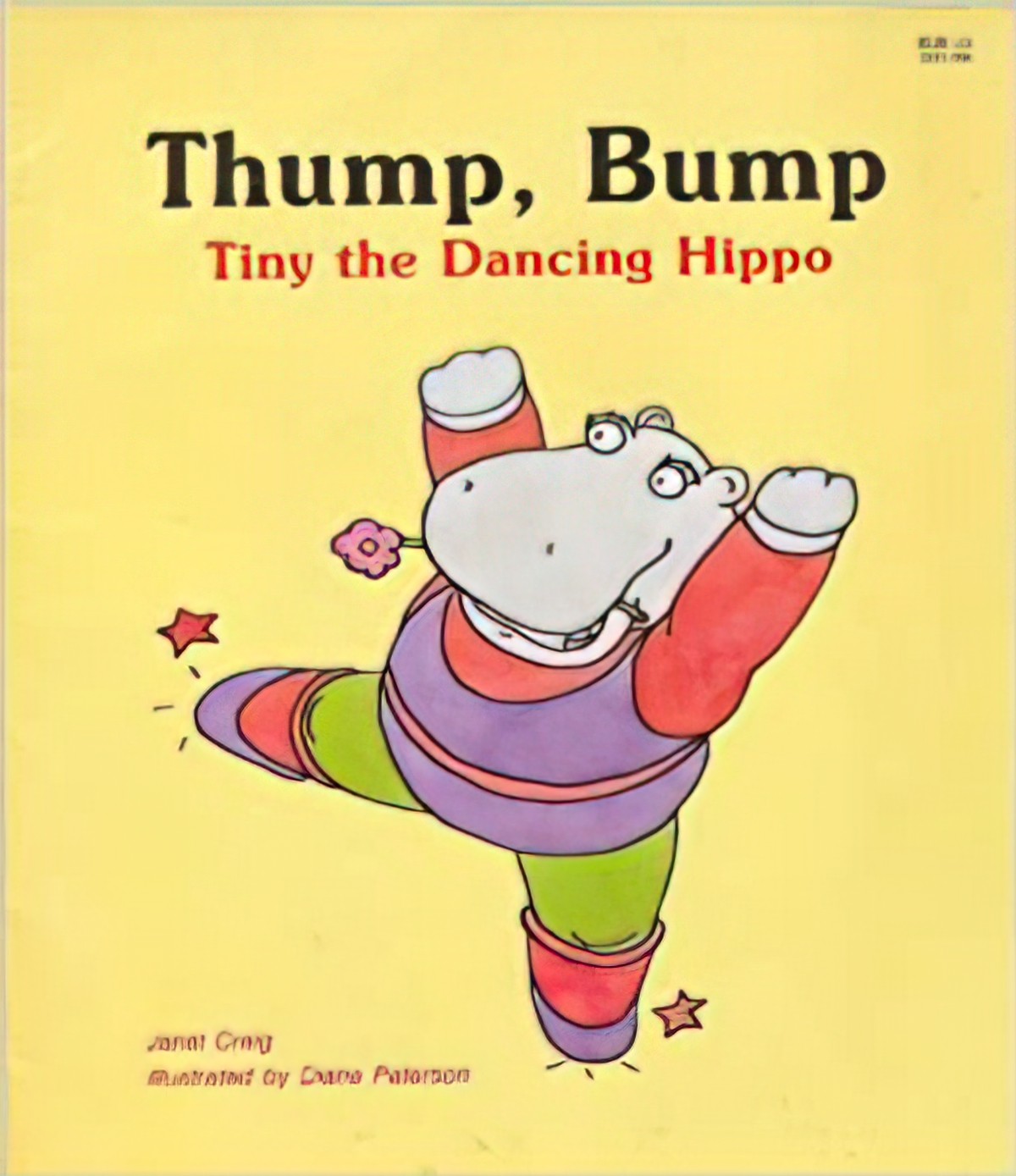
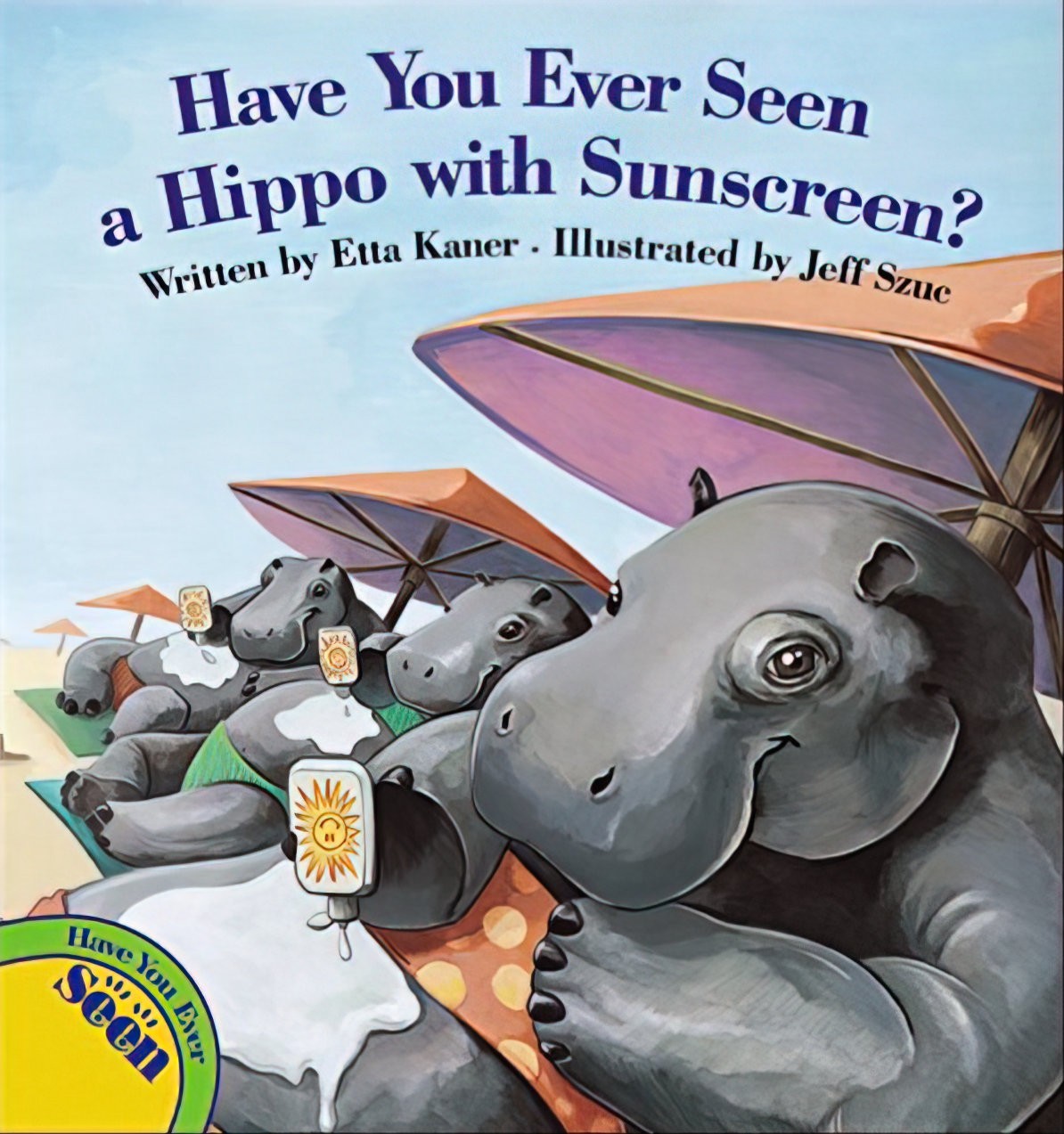
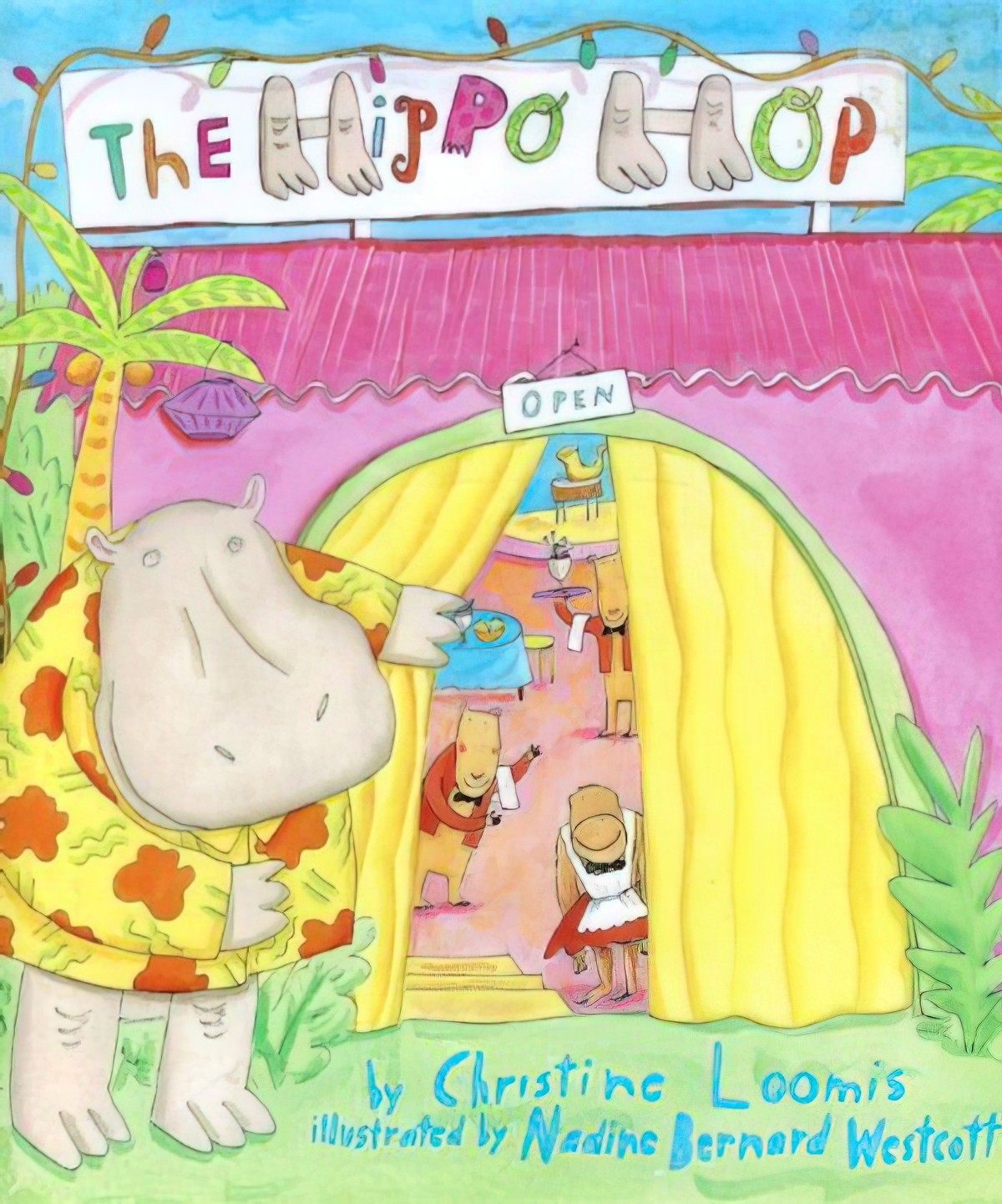
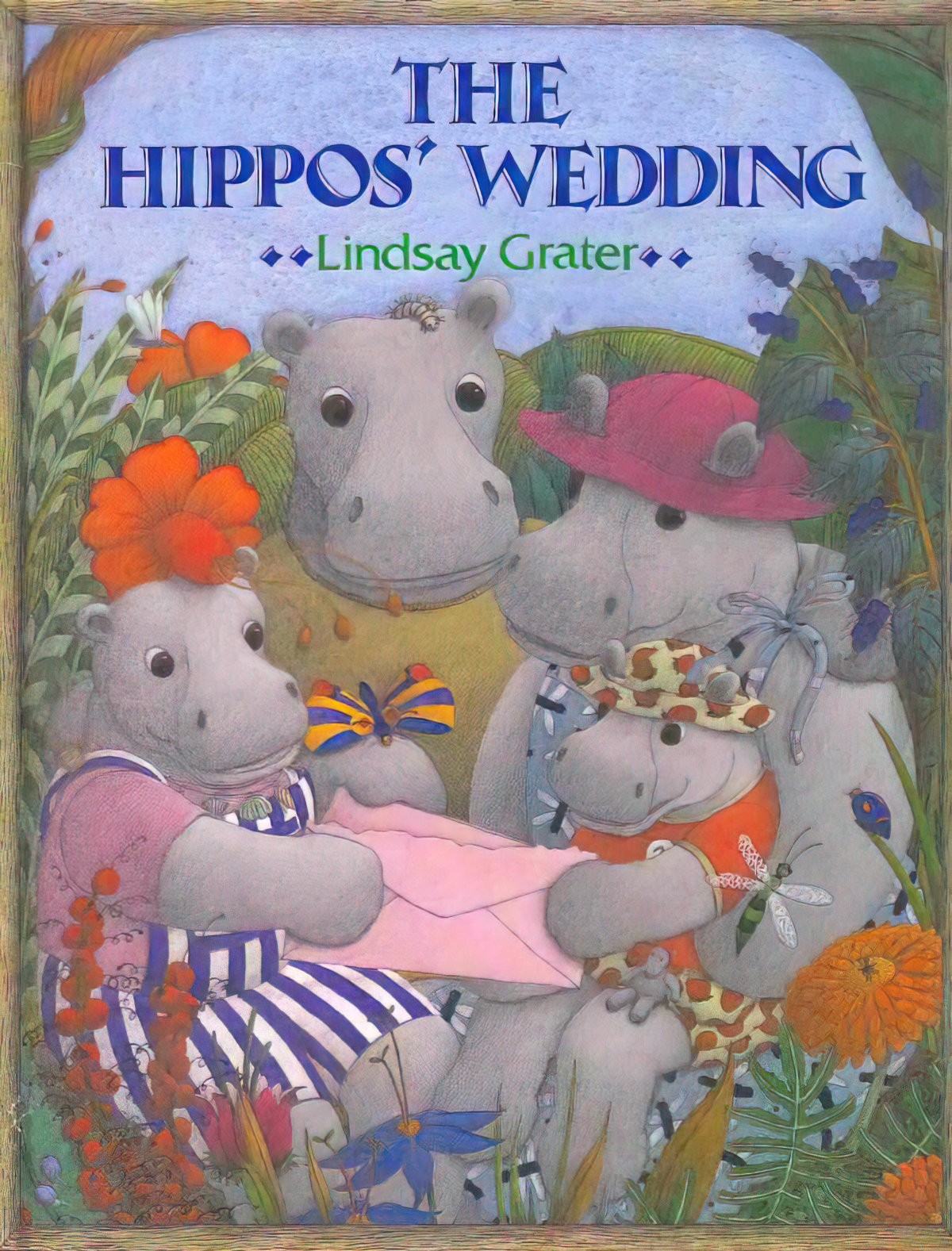
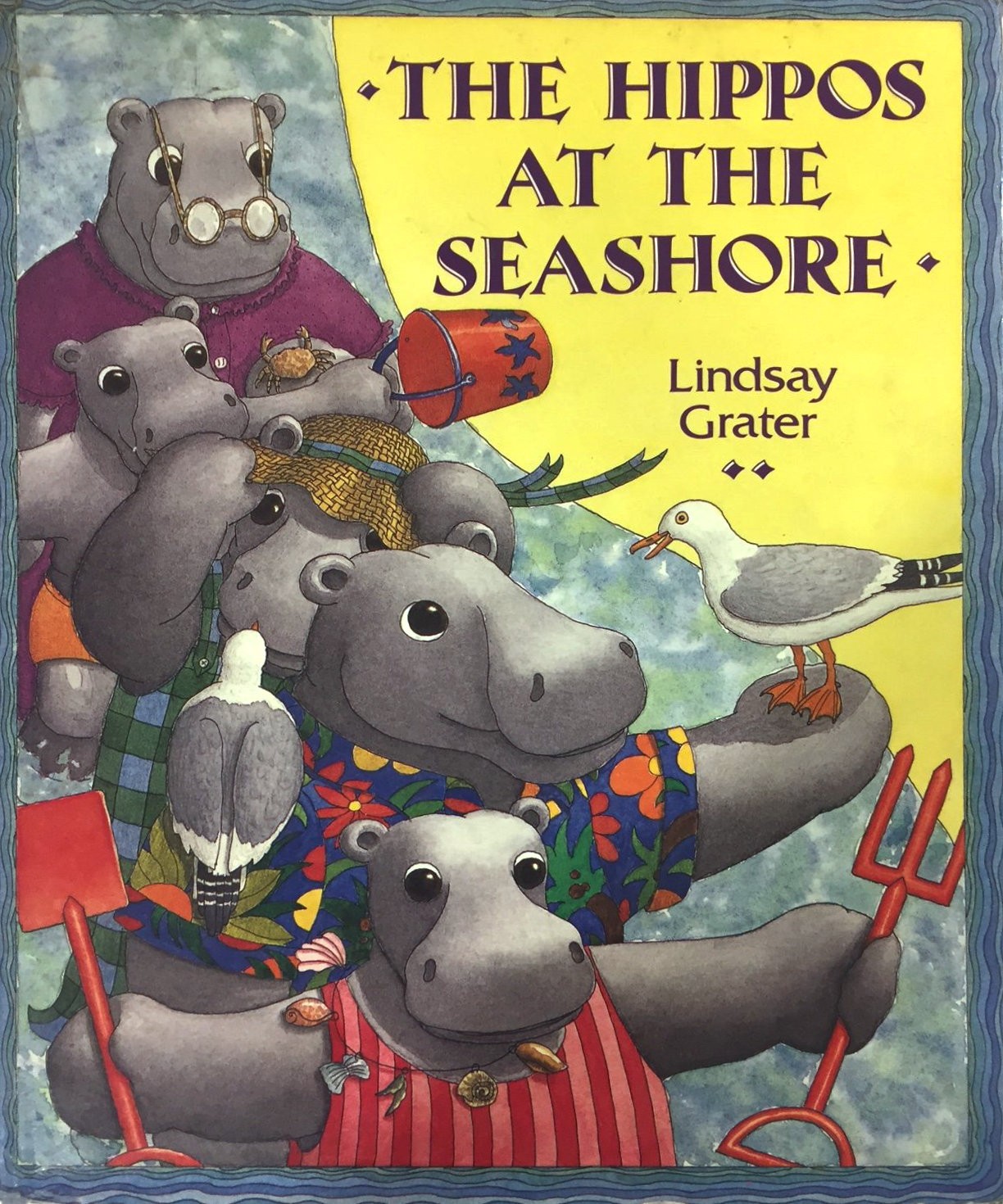
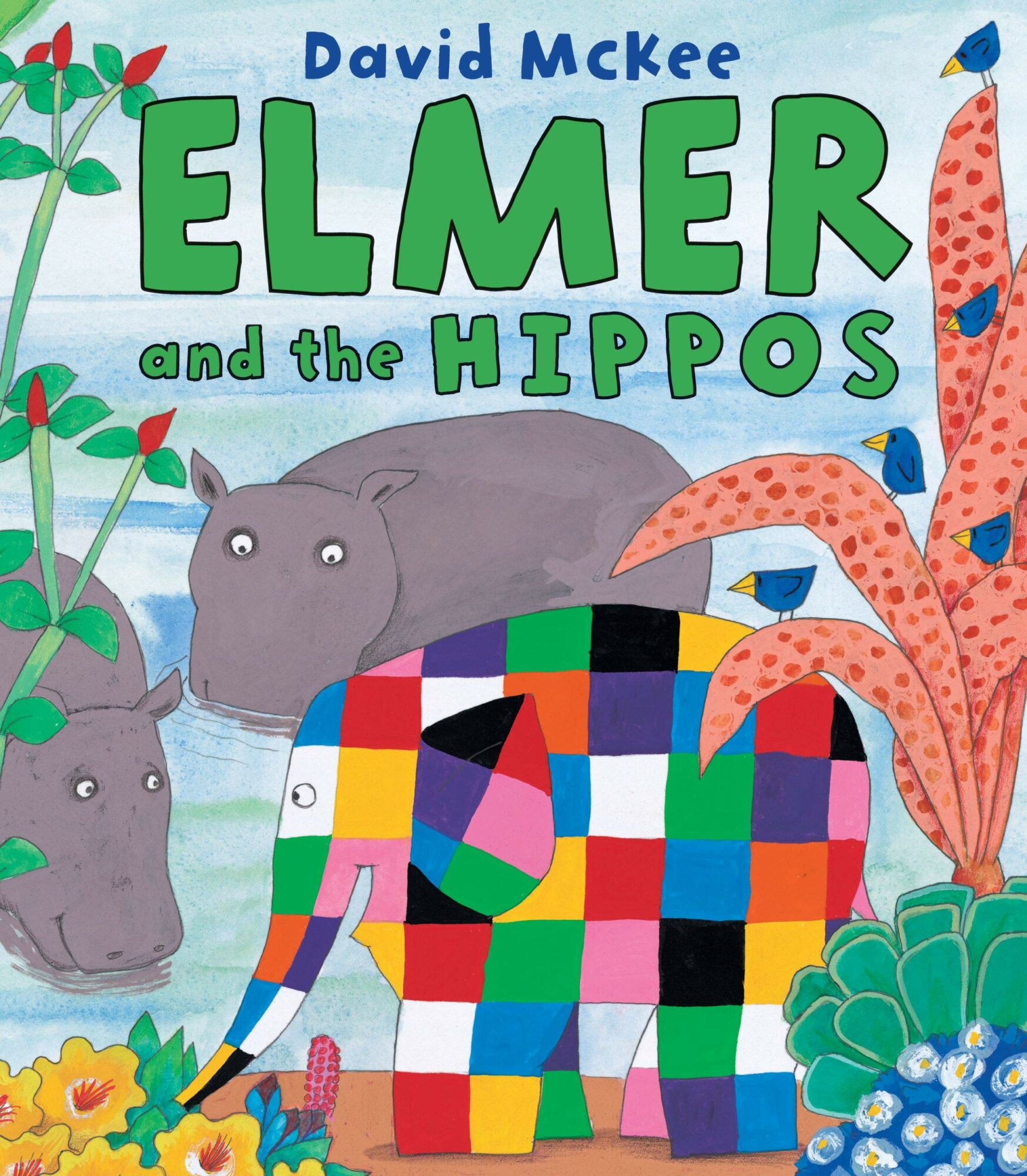
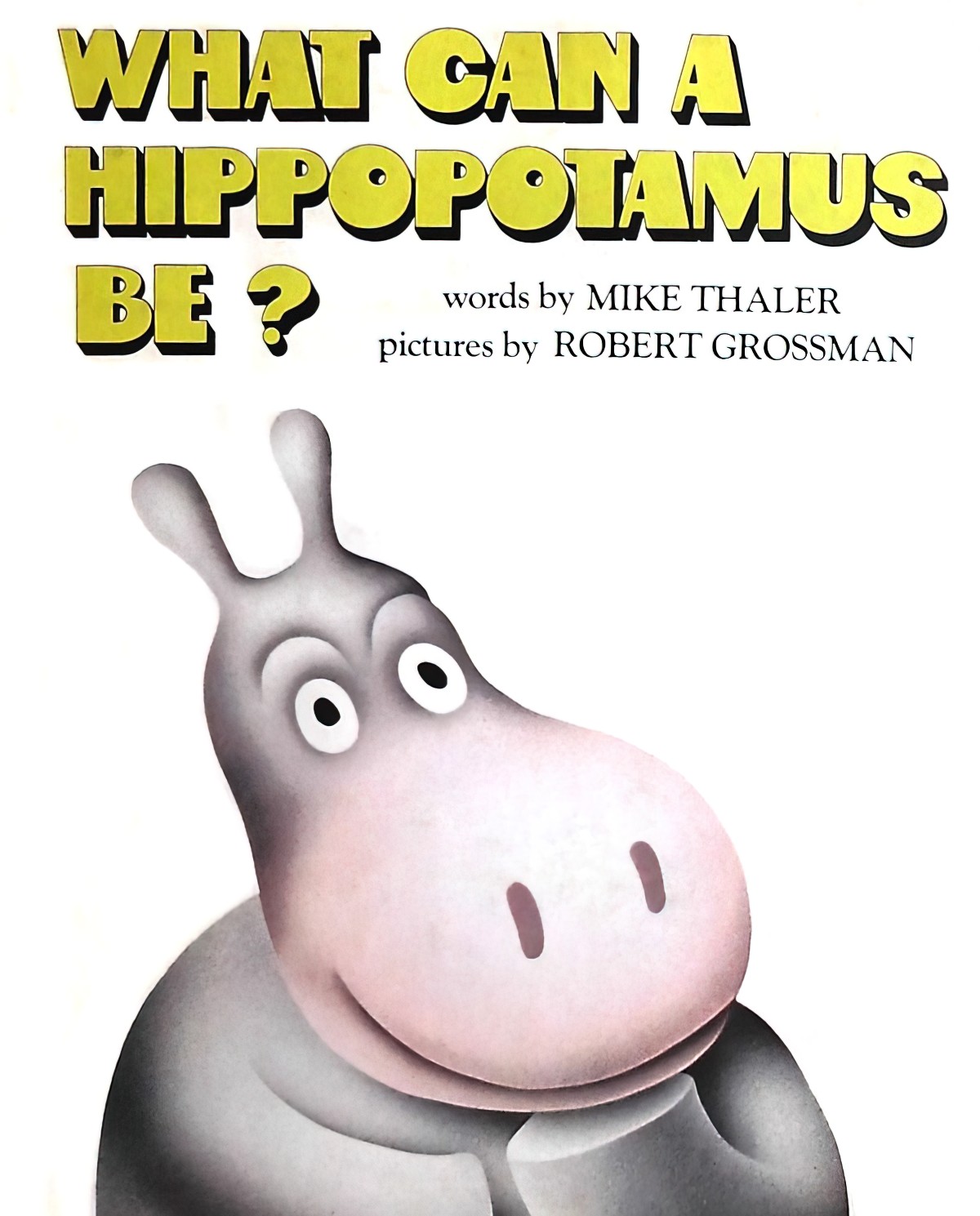
MORE VERONICA BY ROGER DUVOISIN
